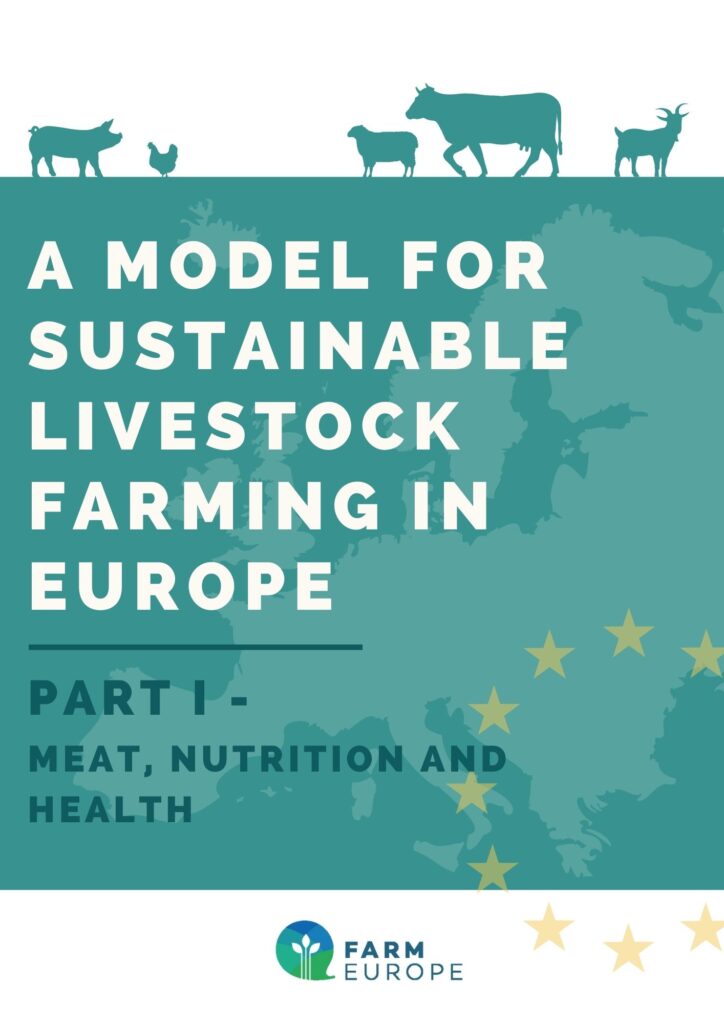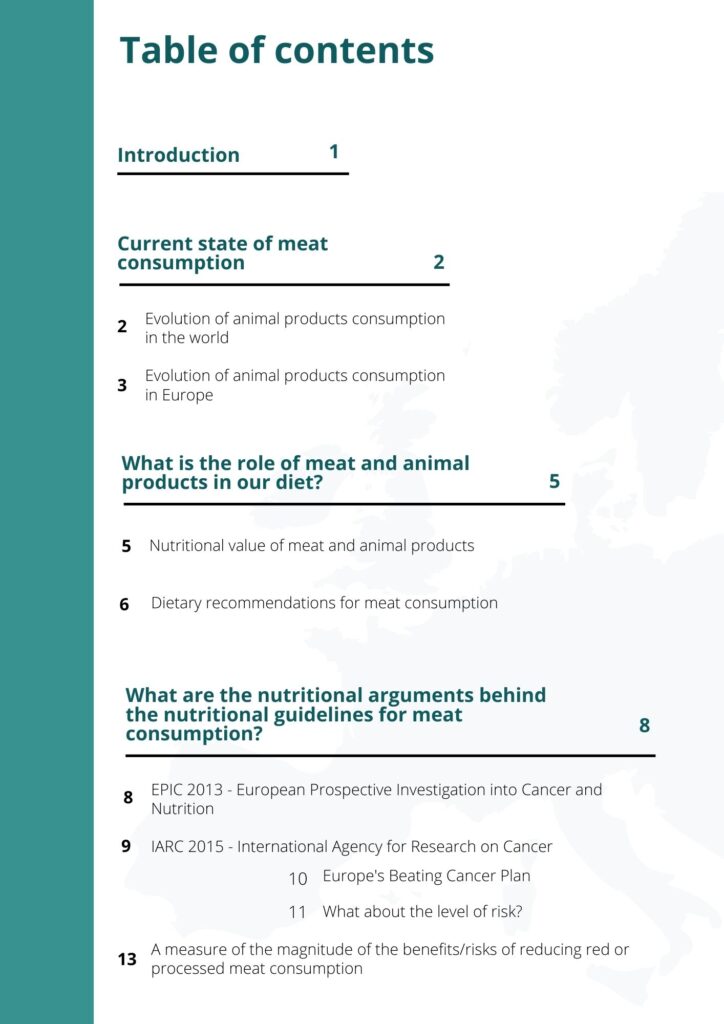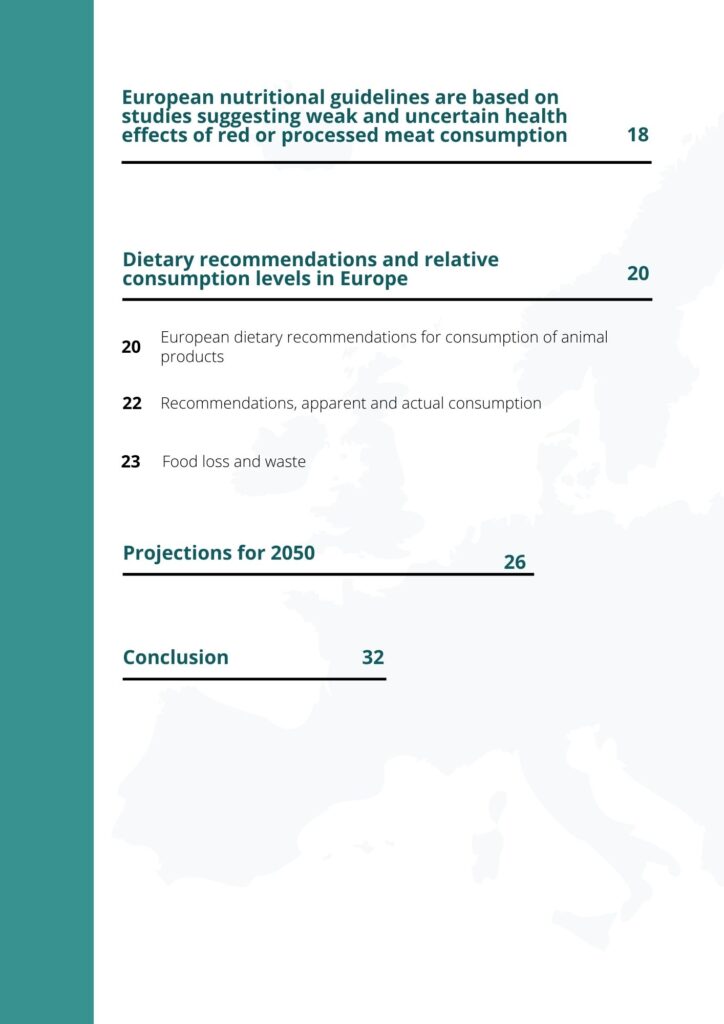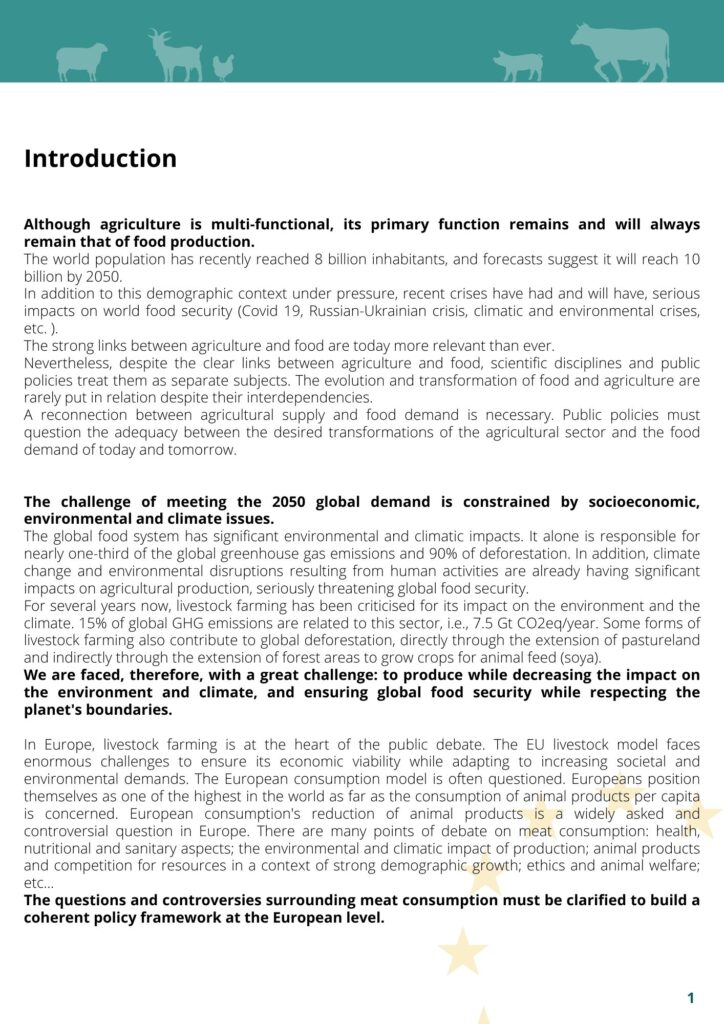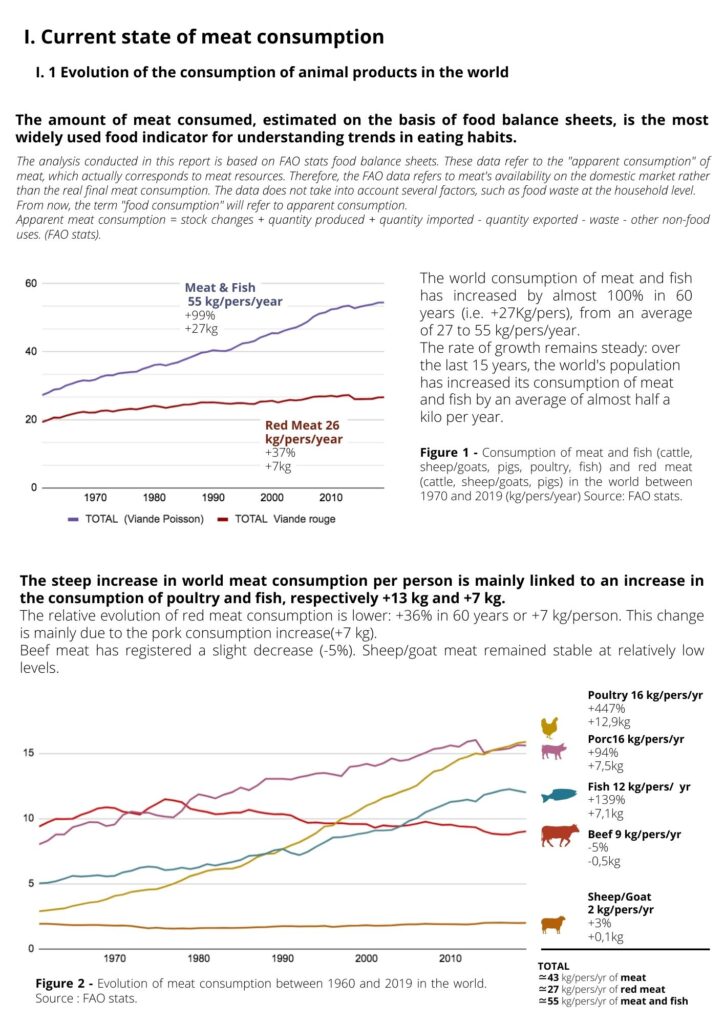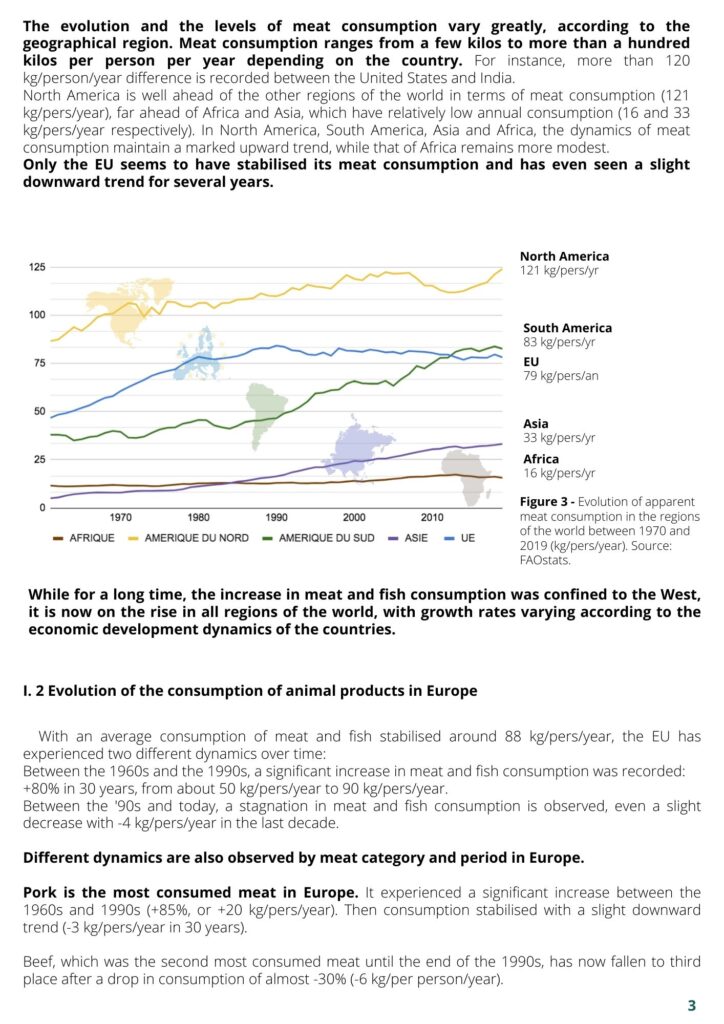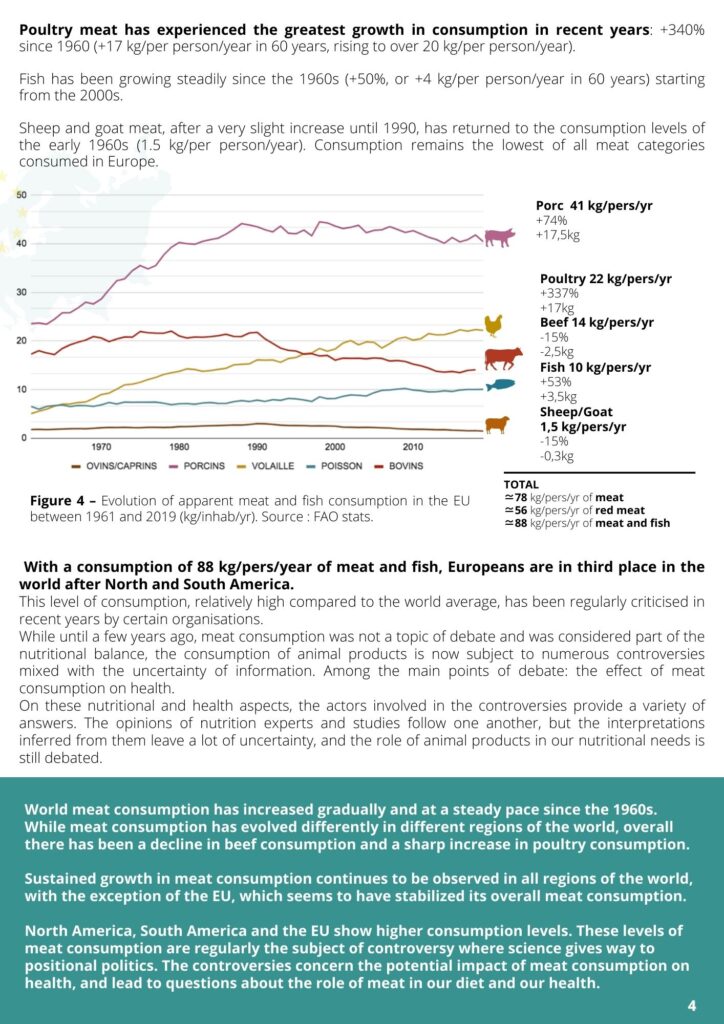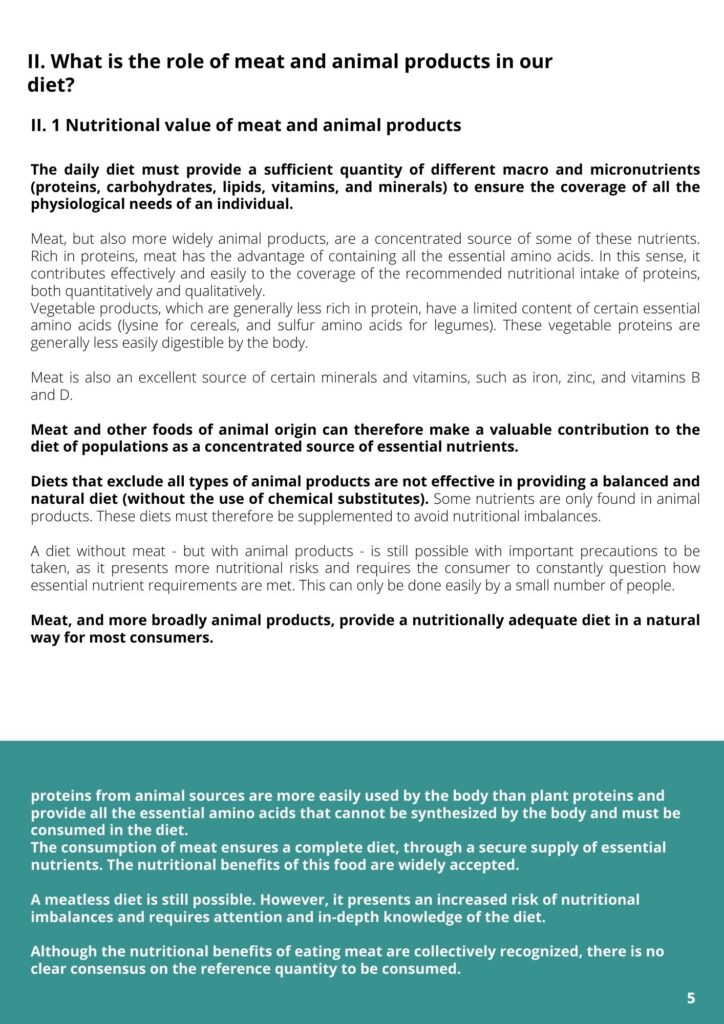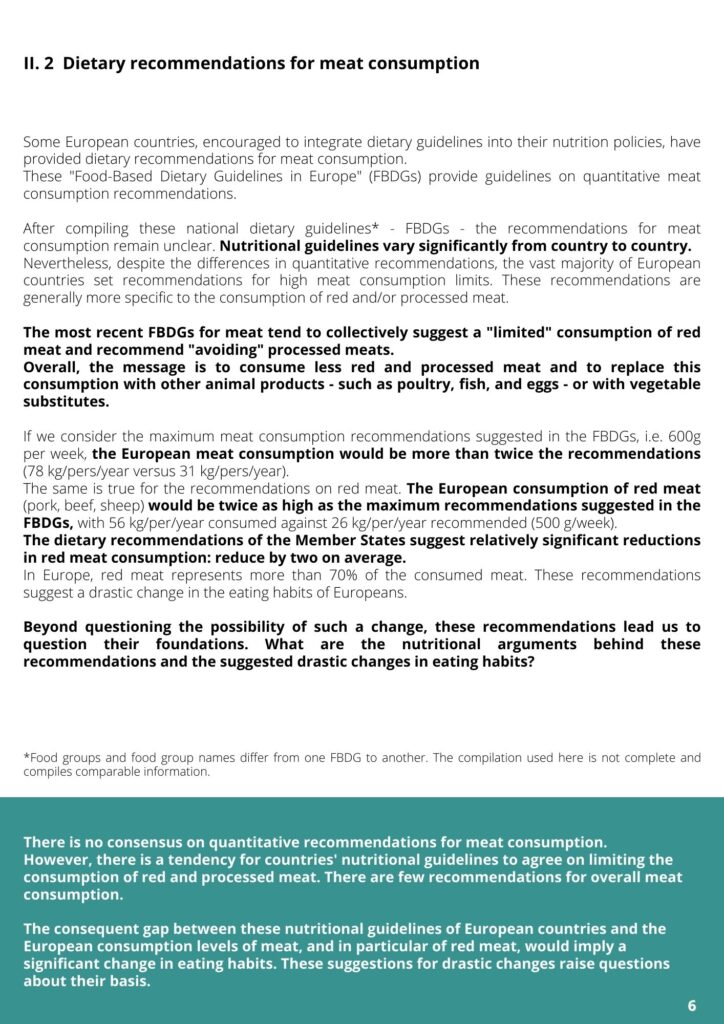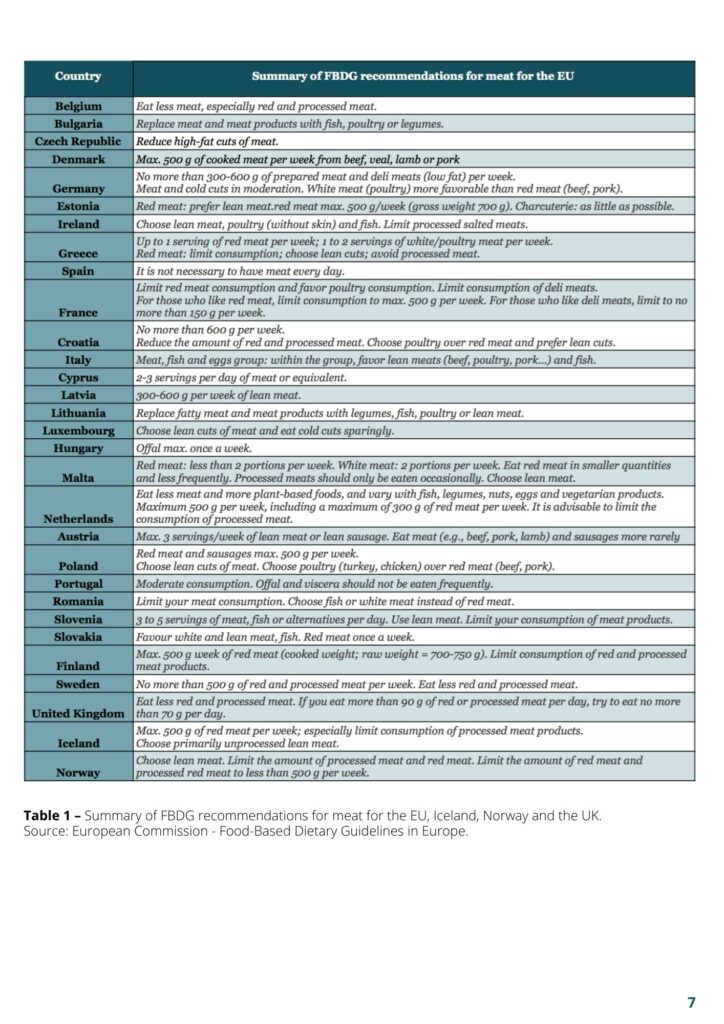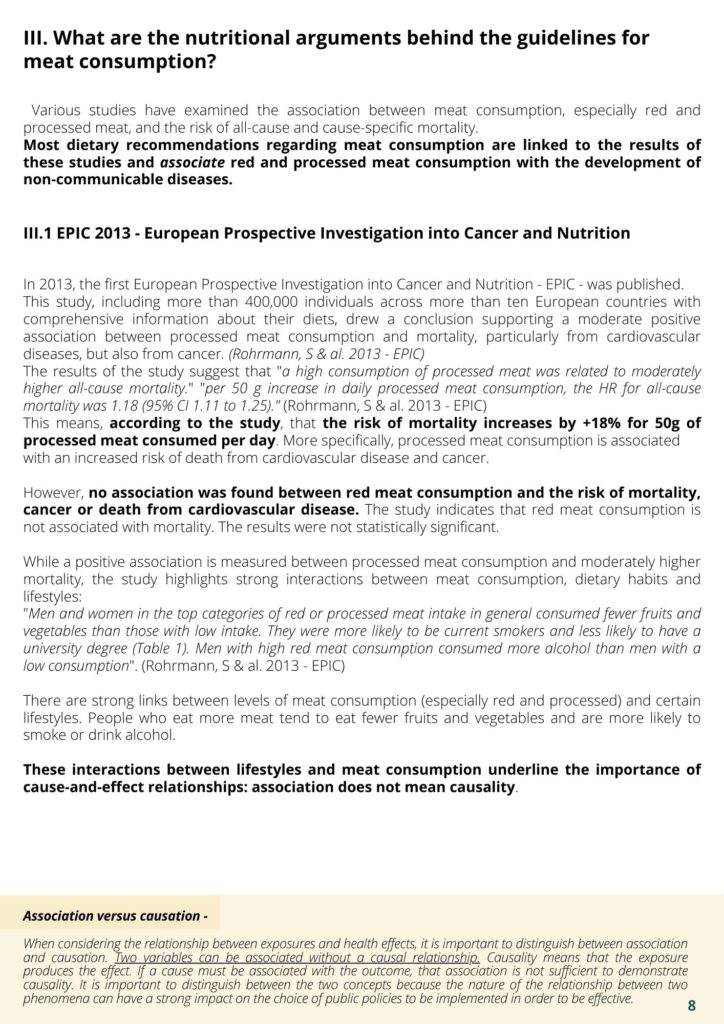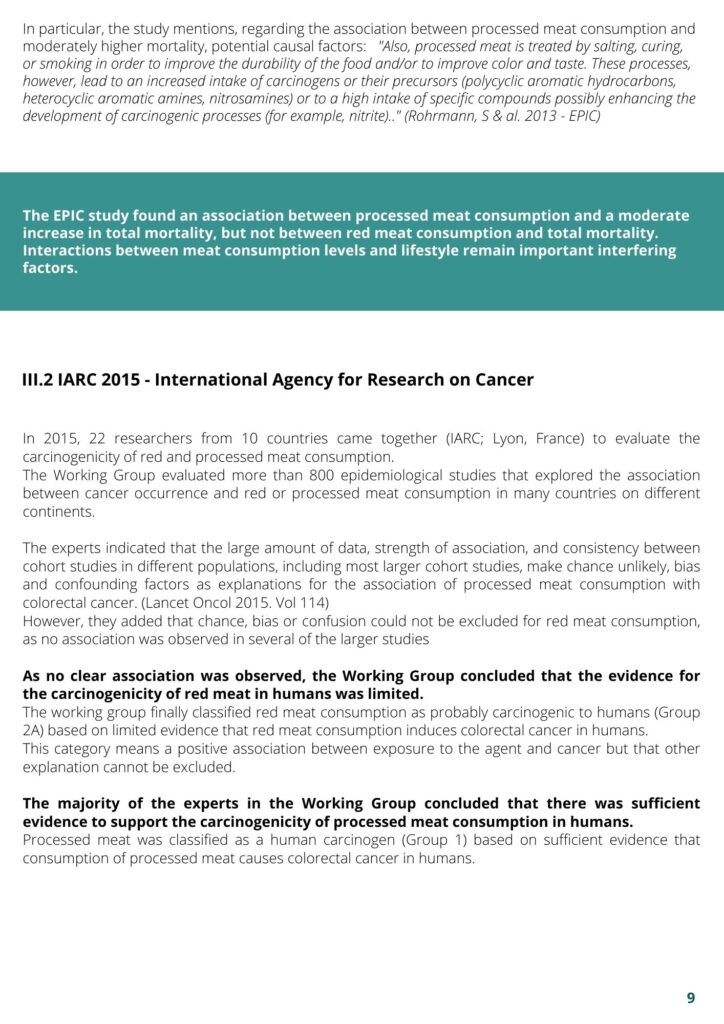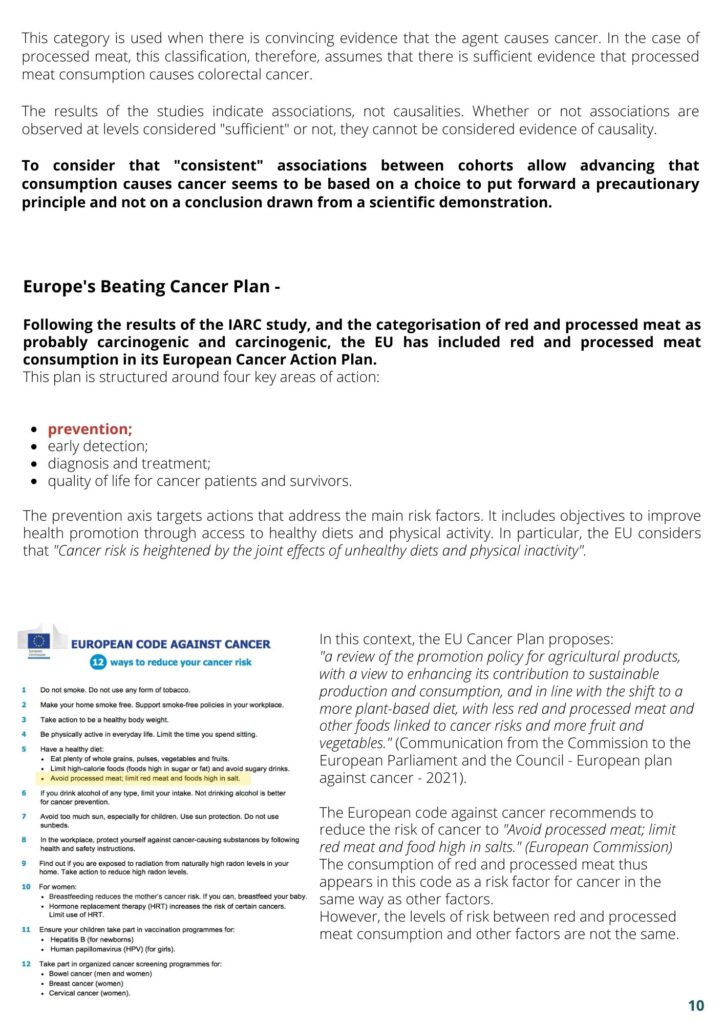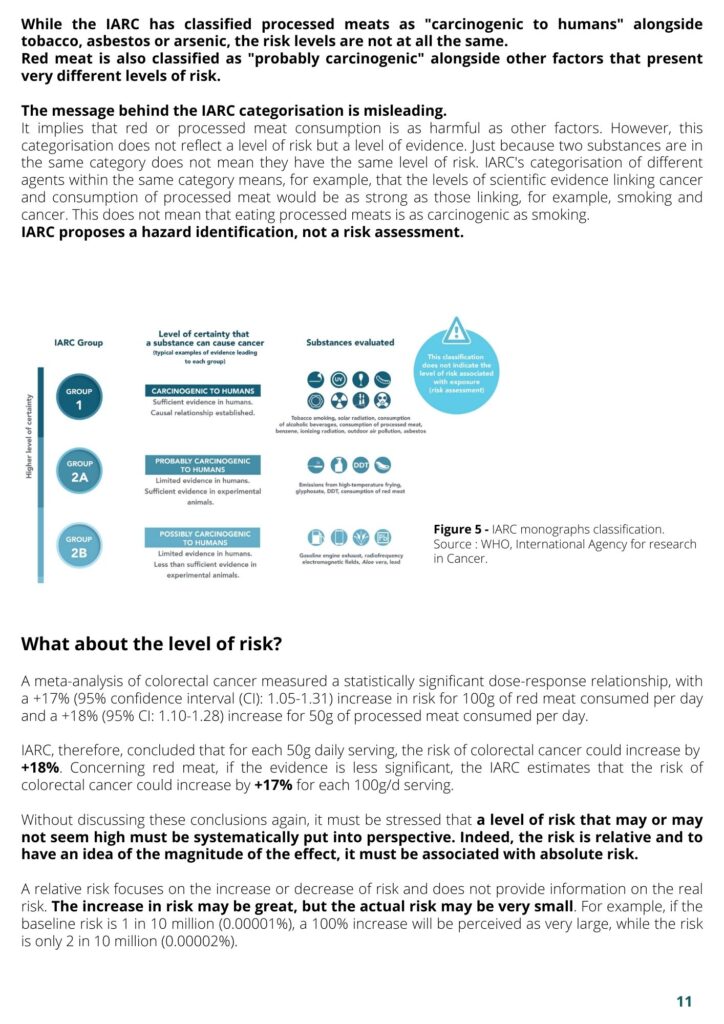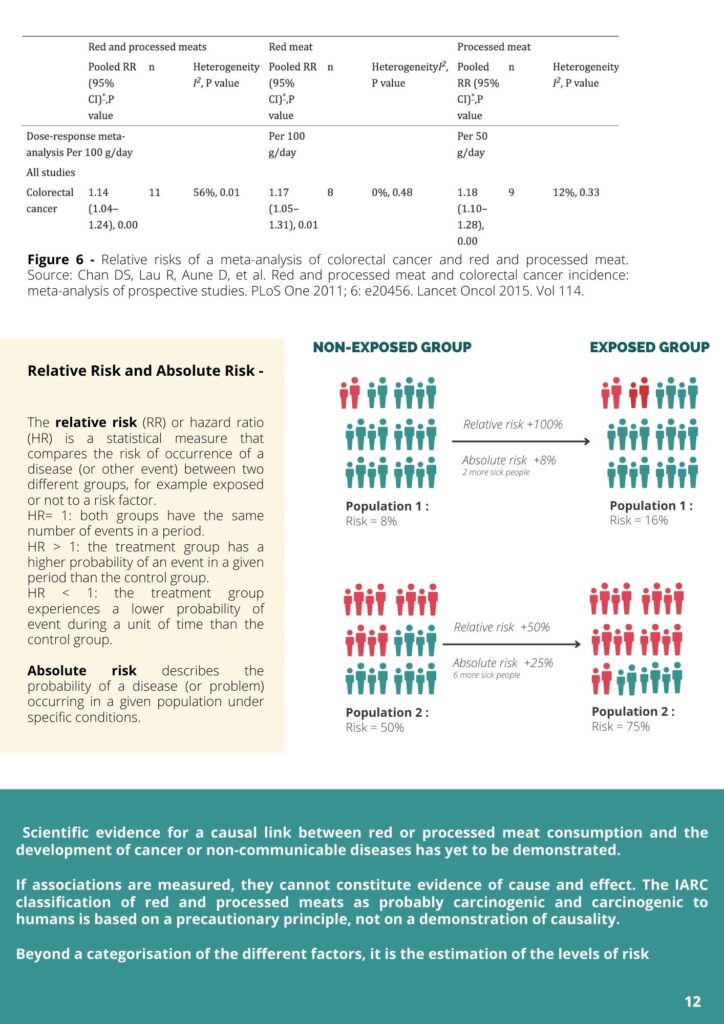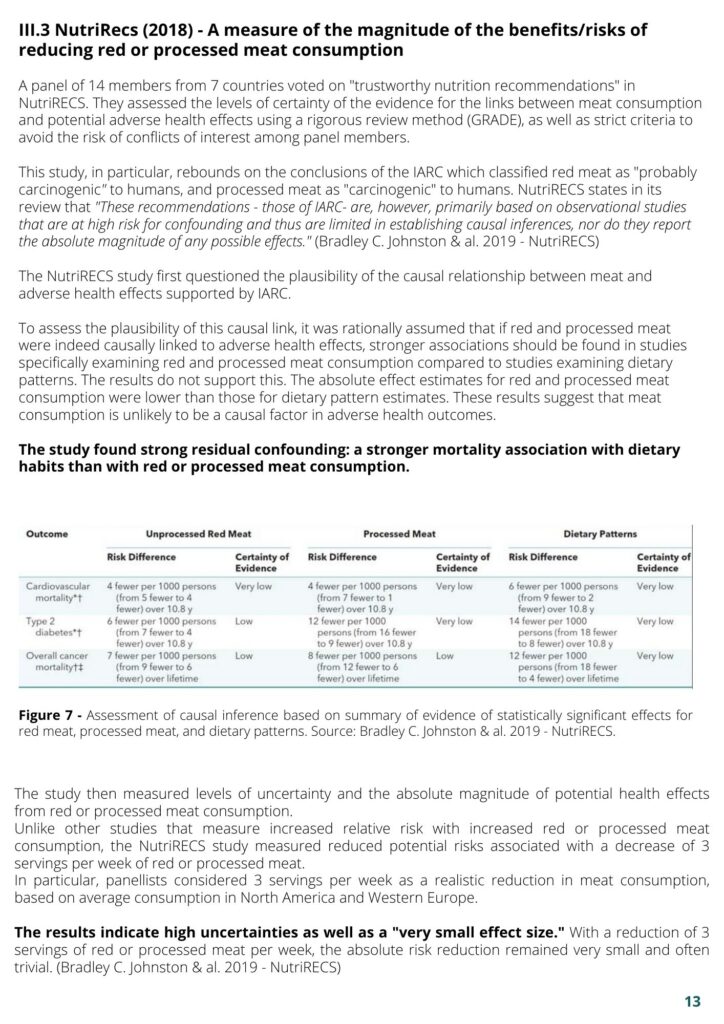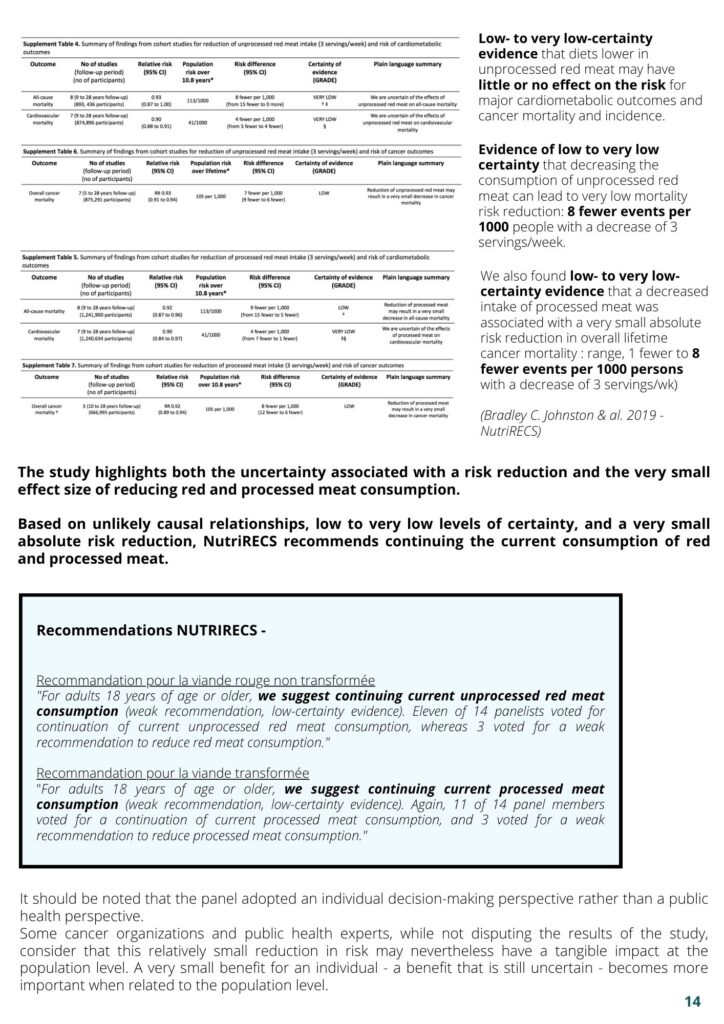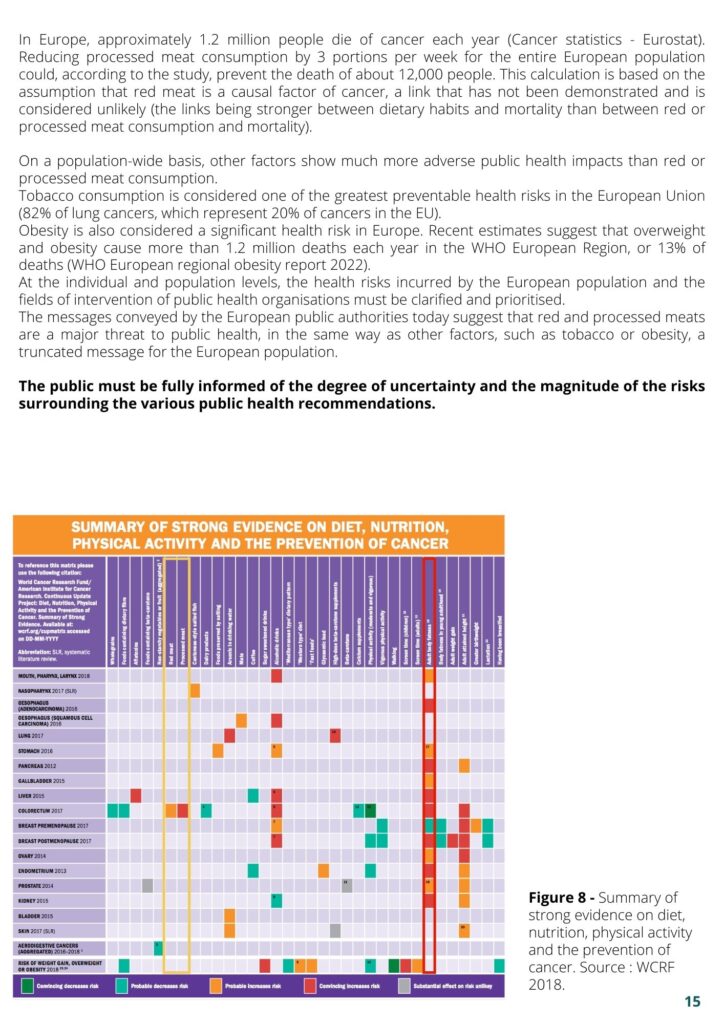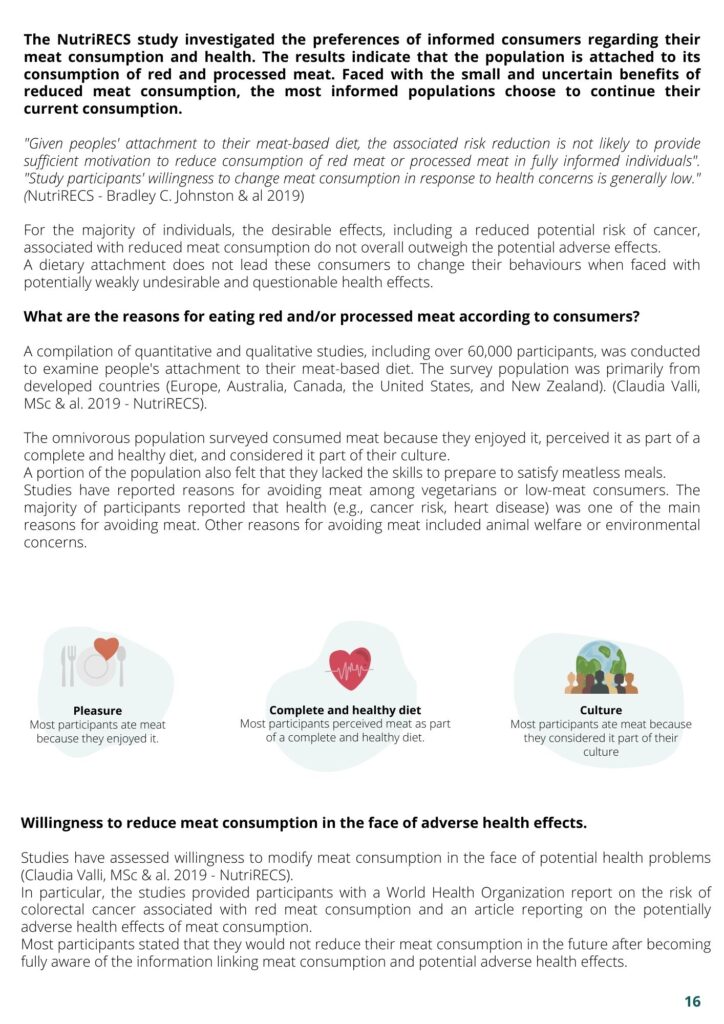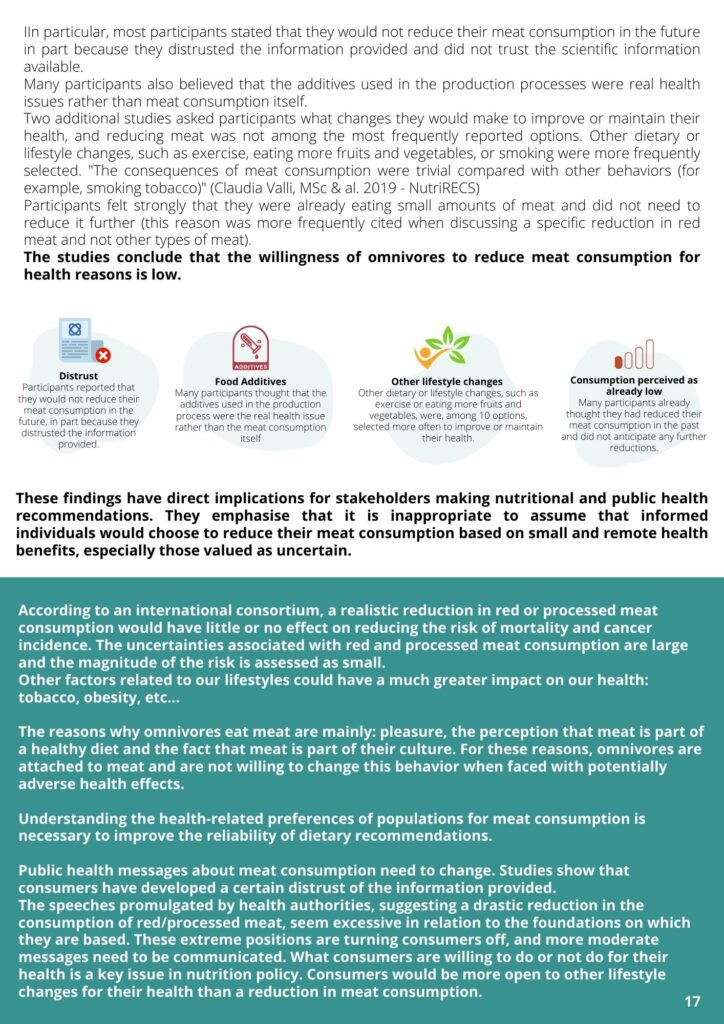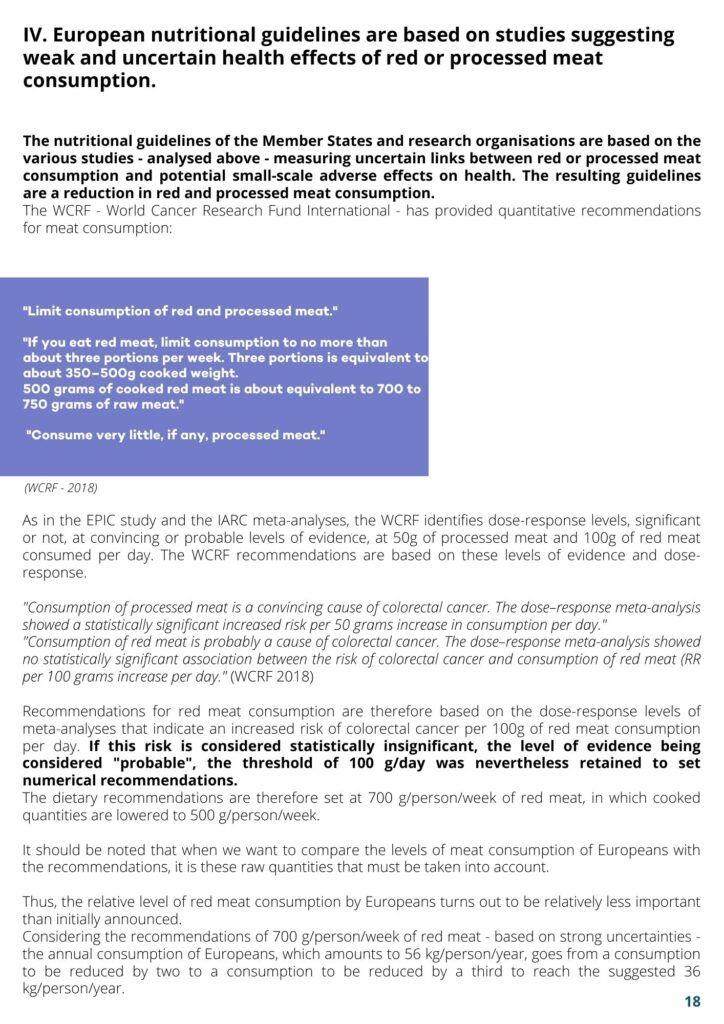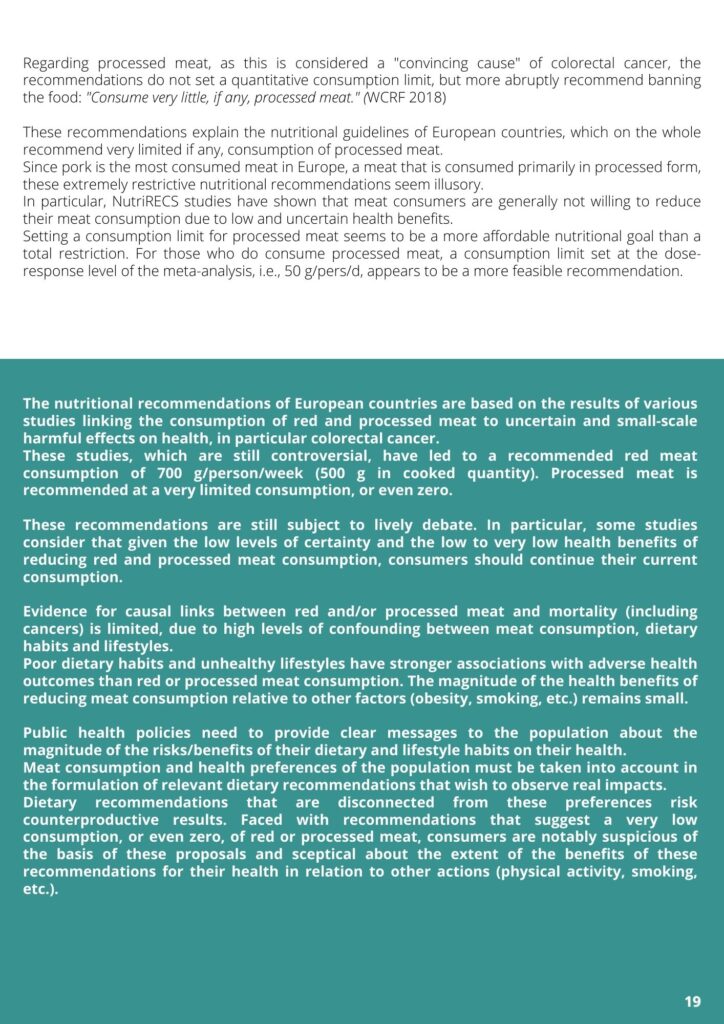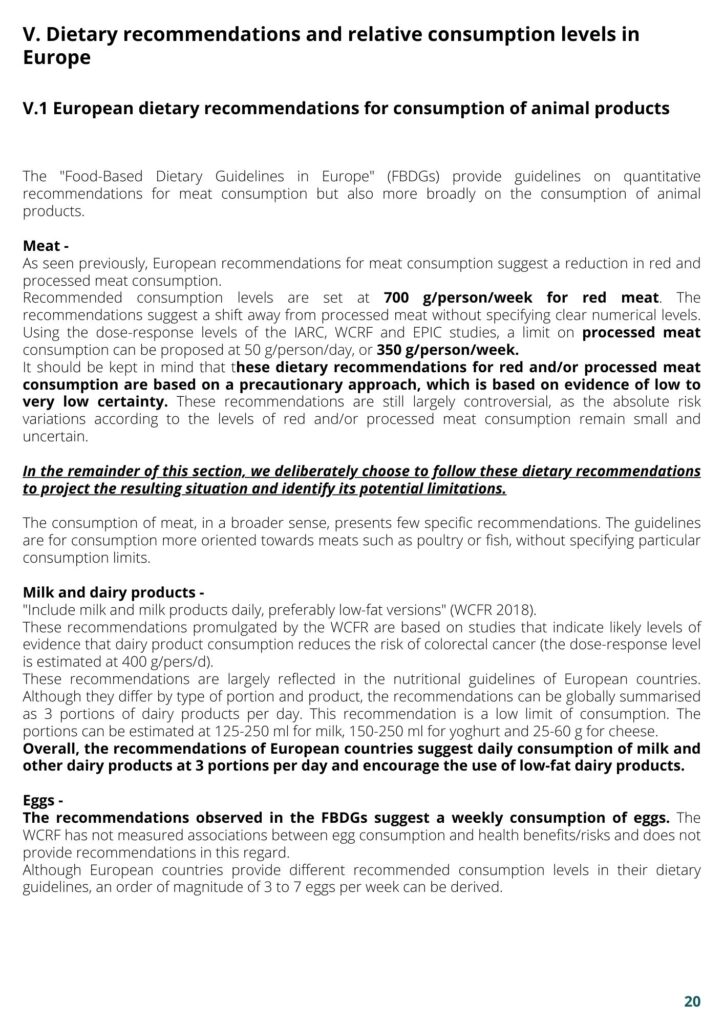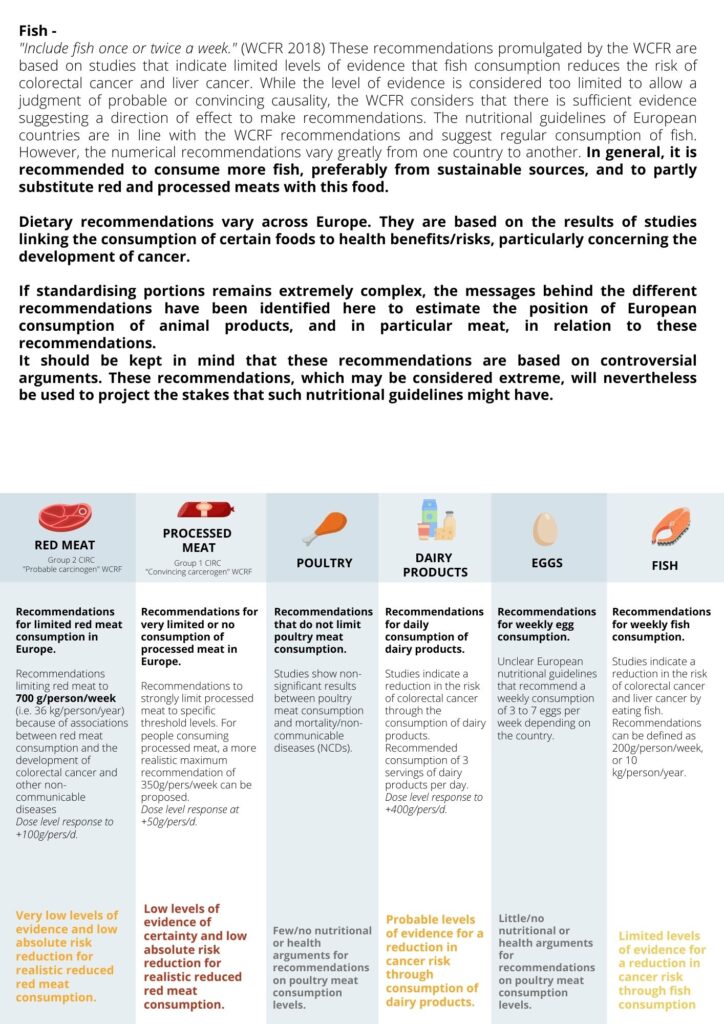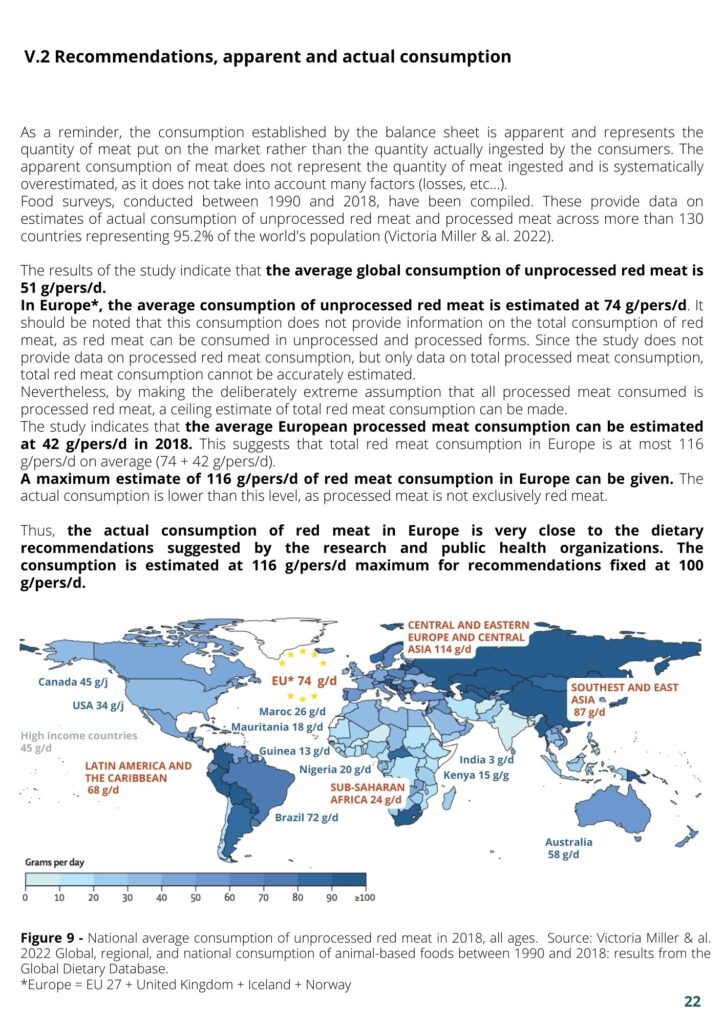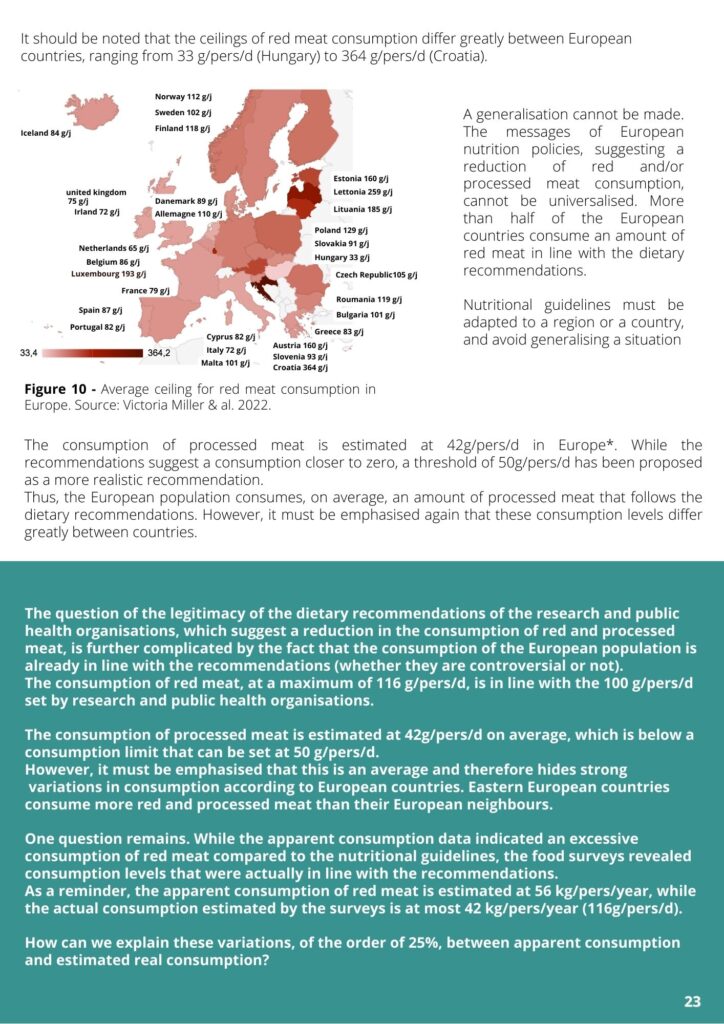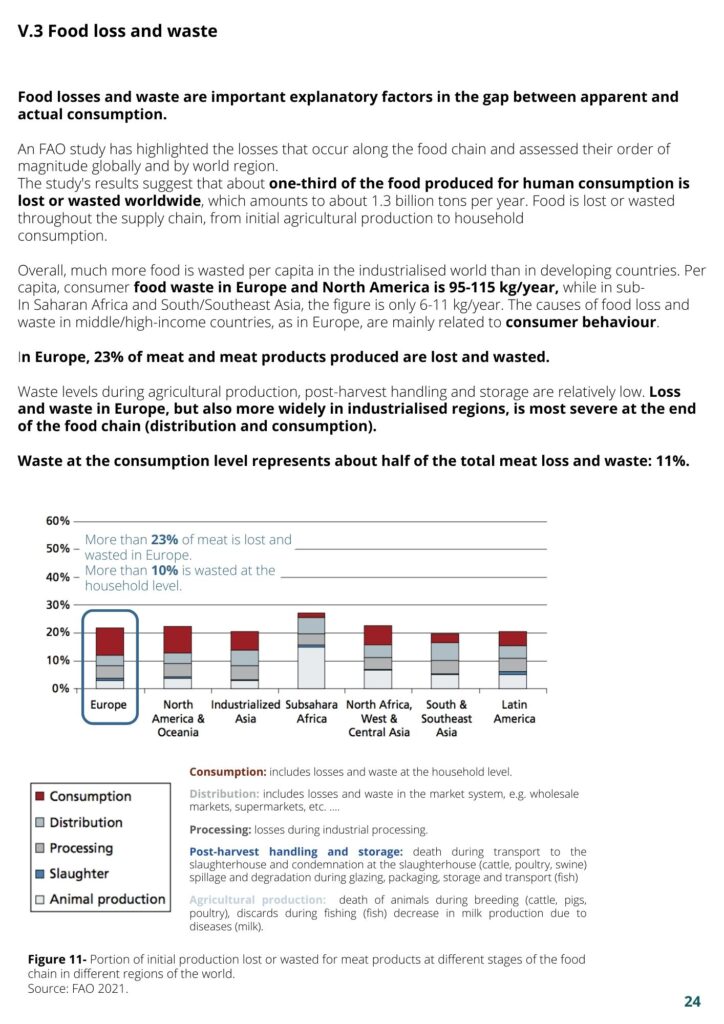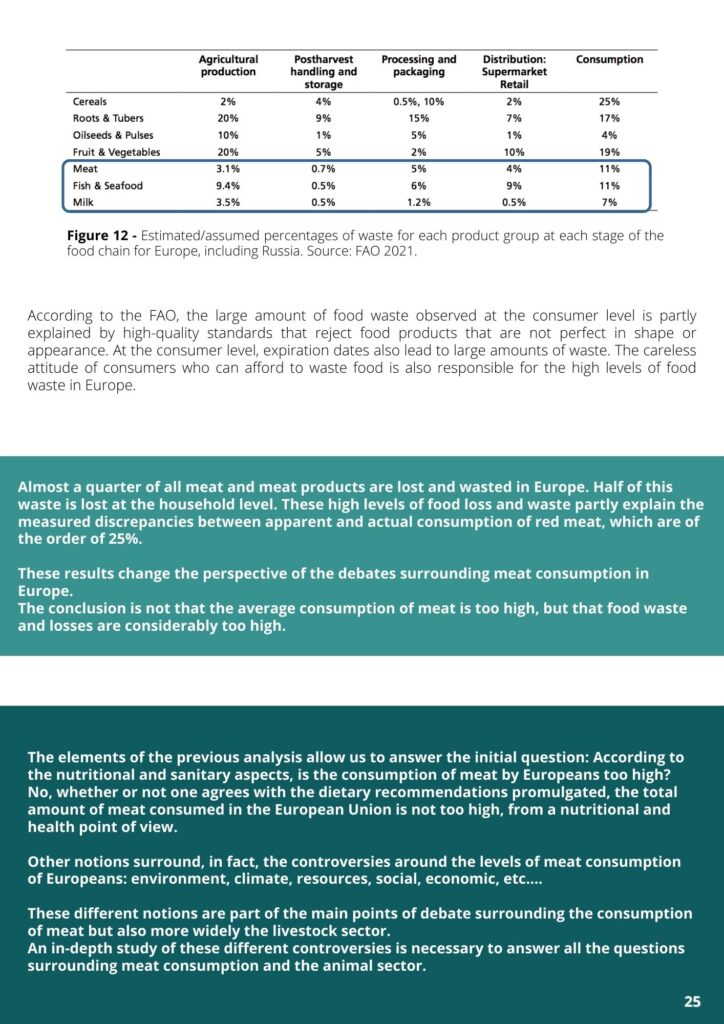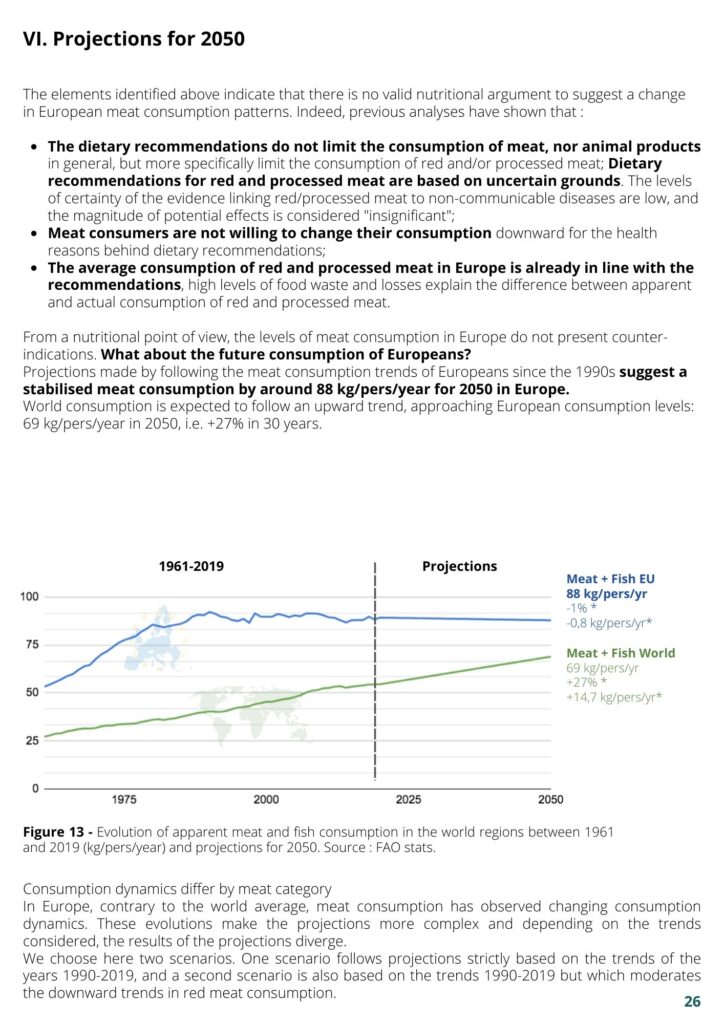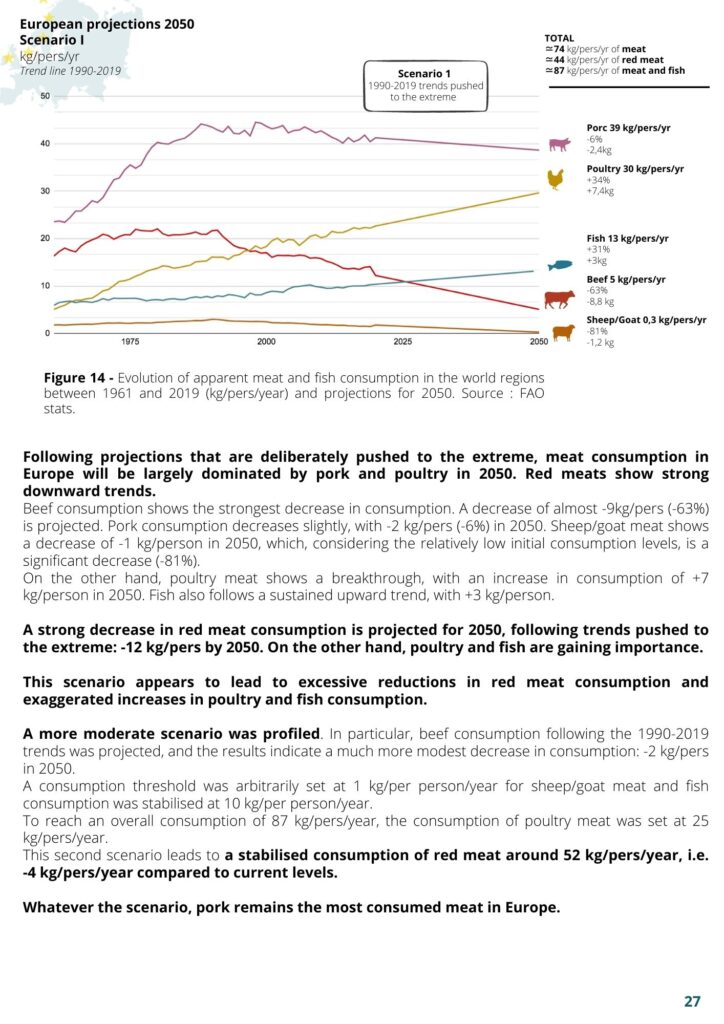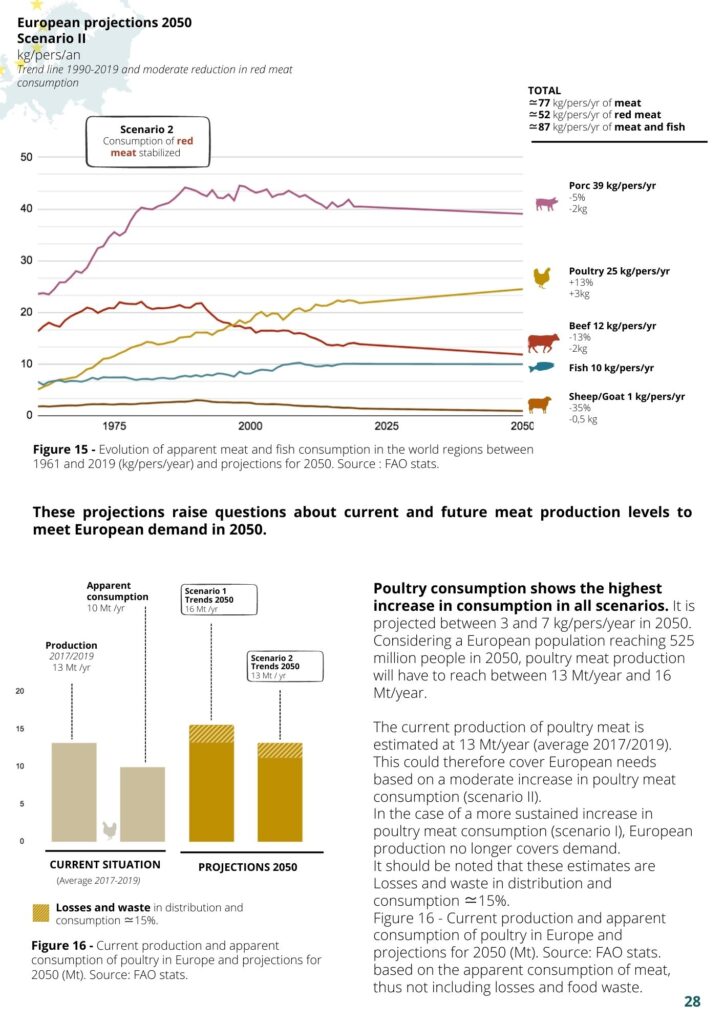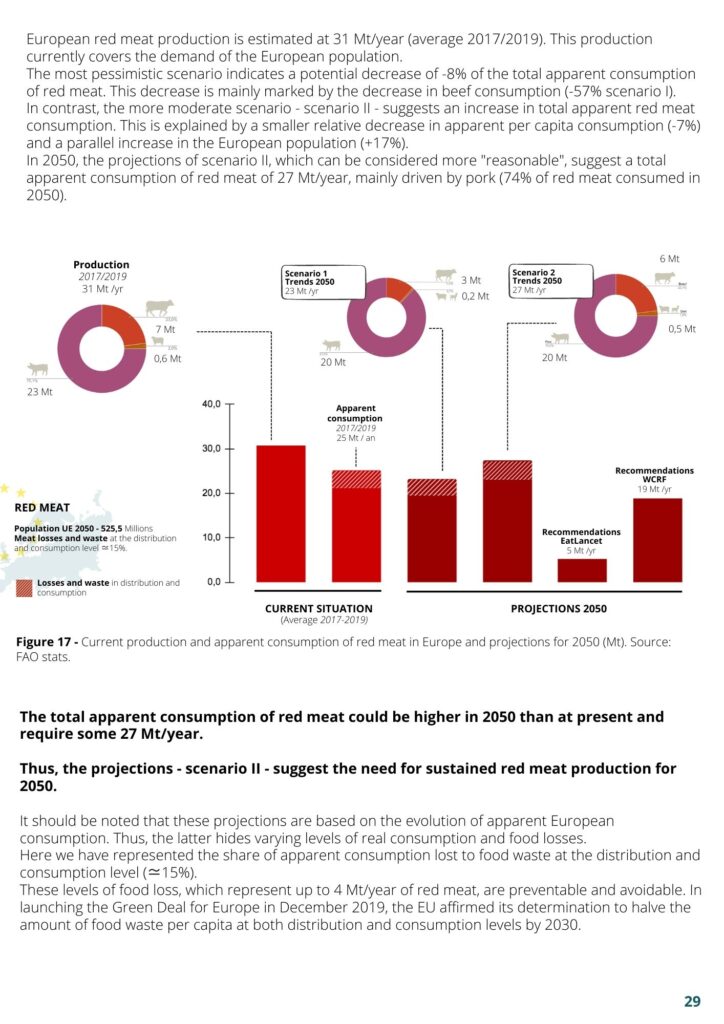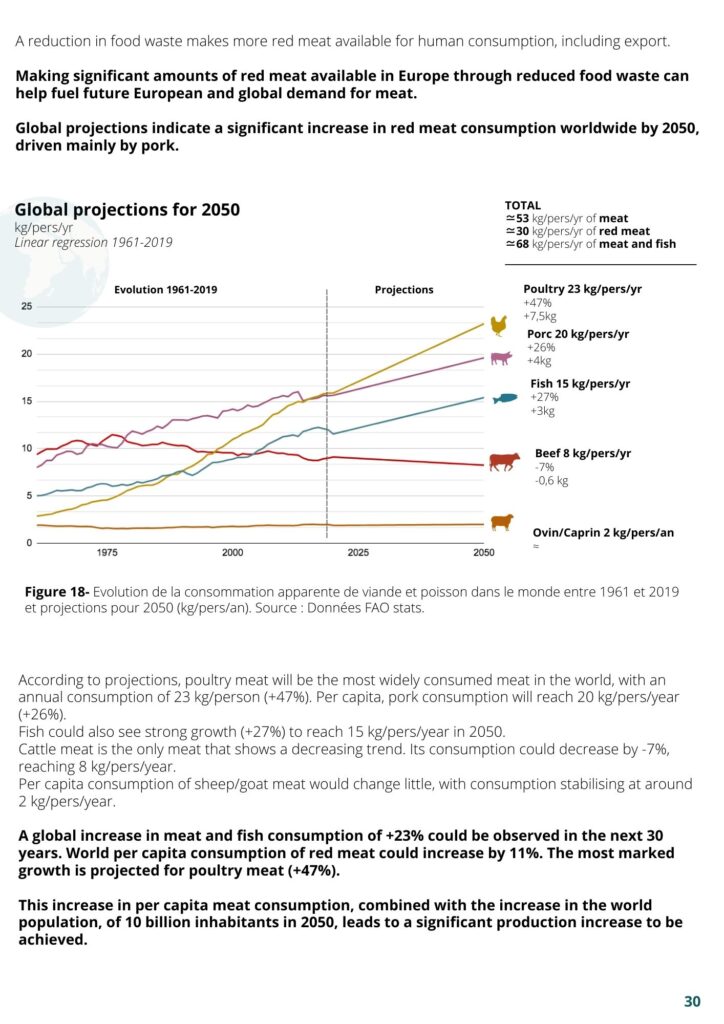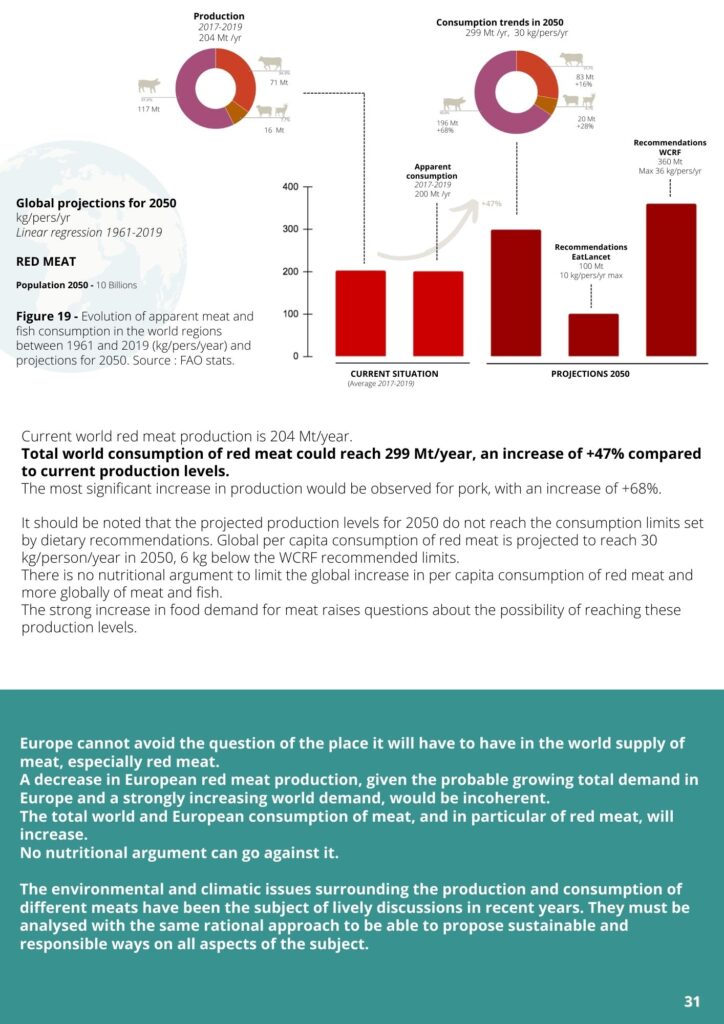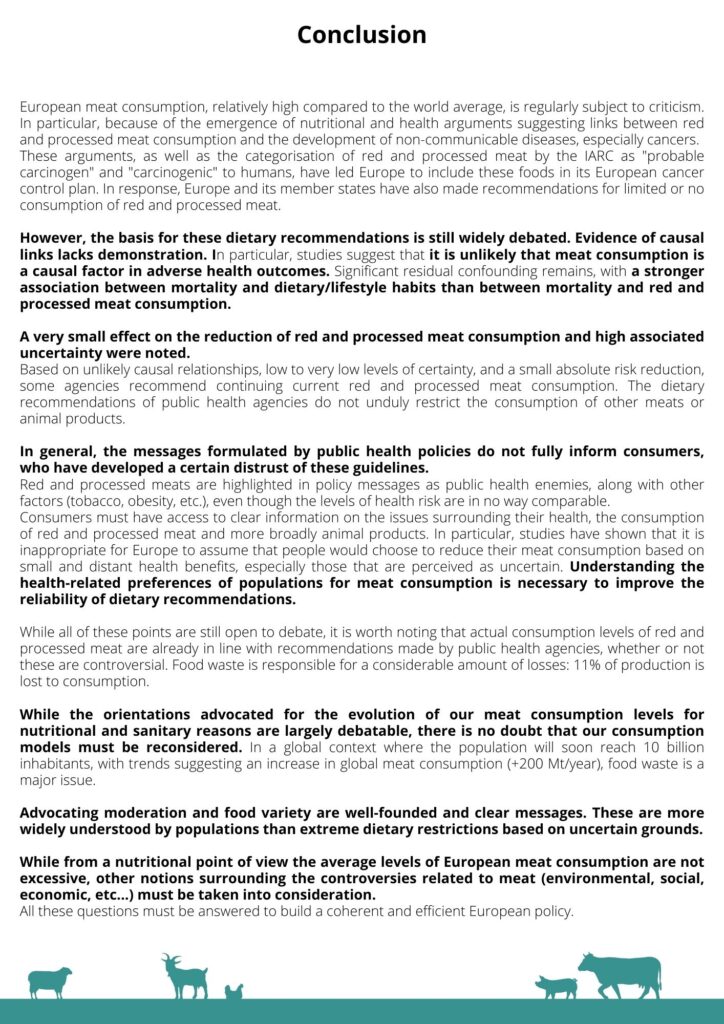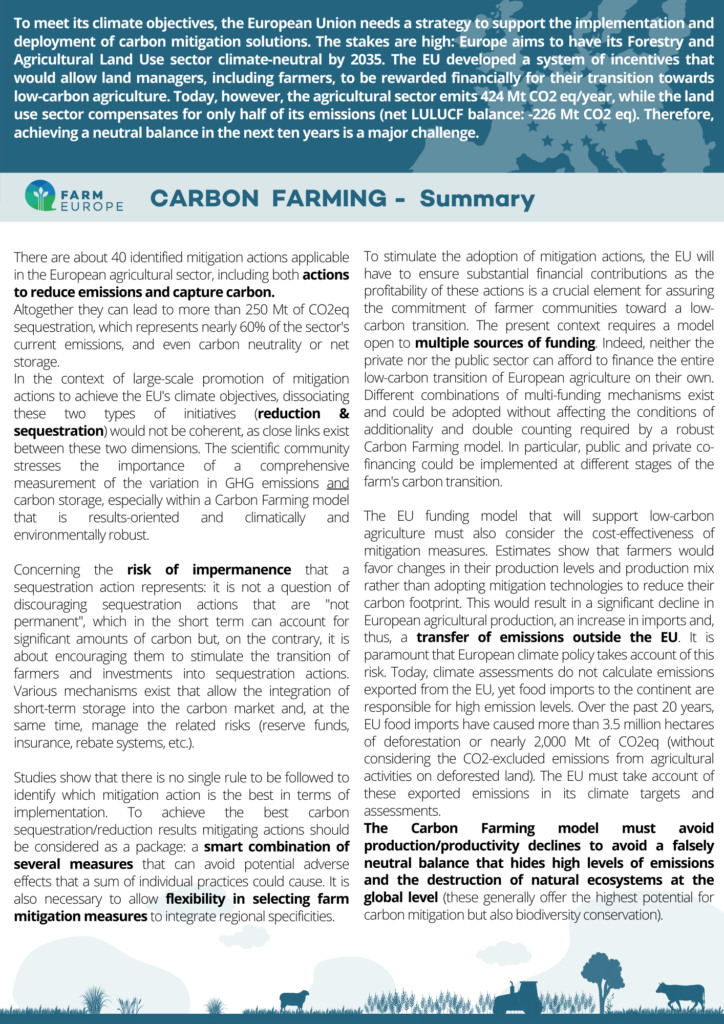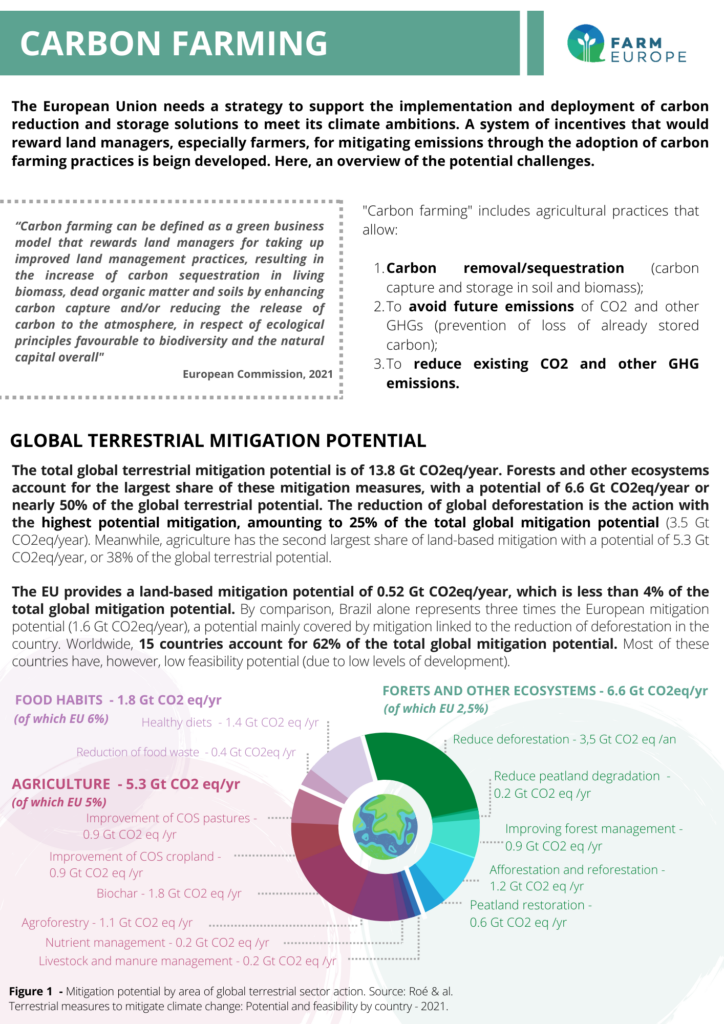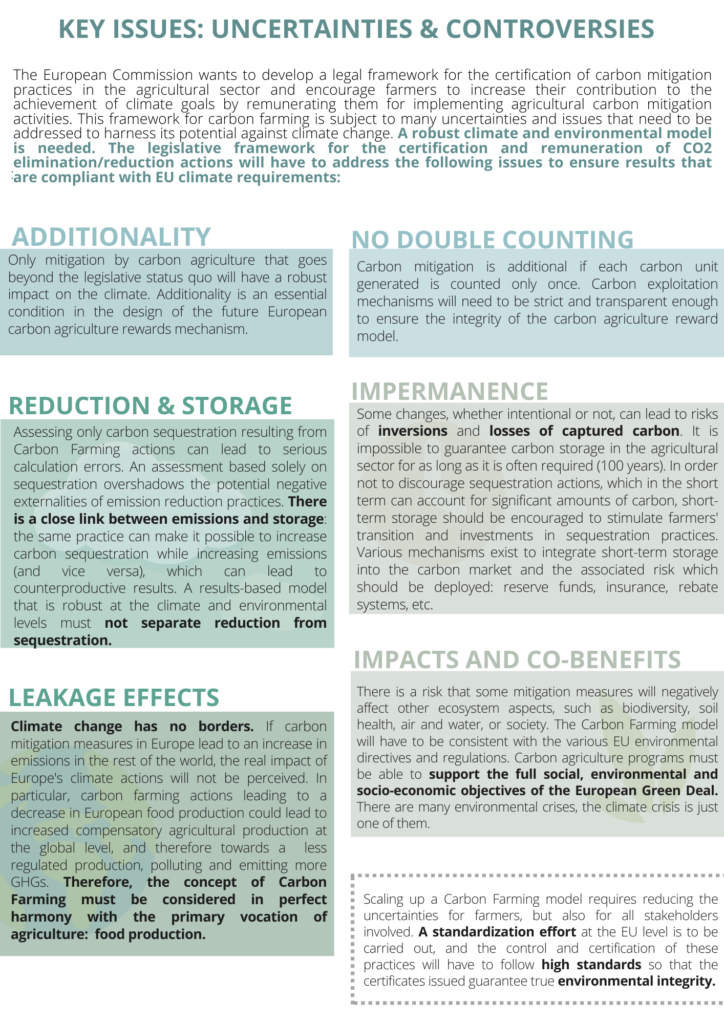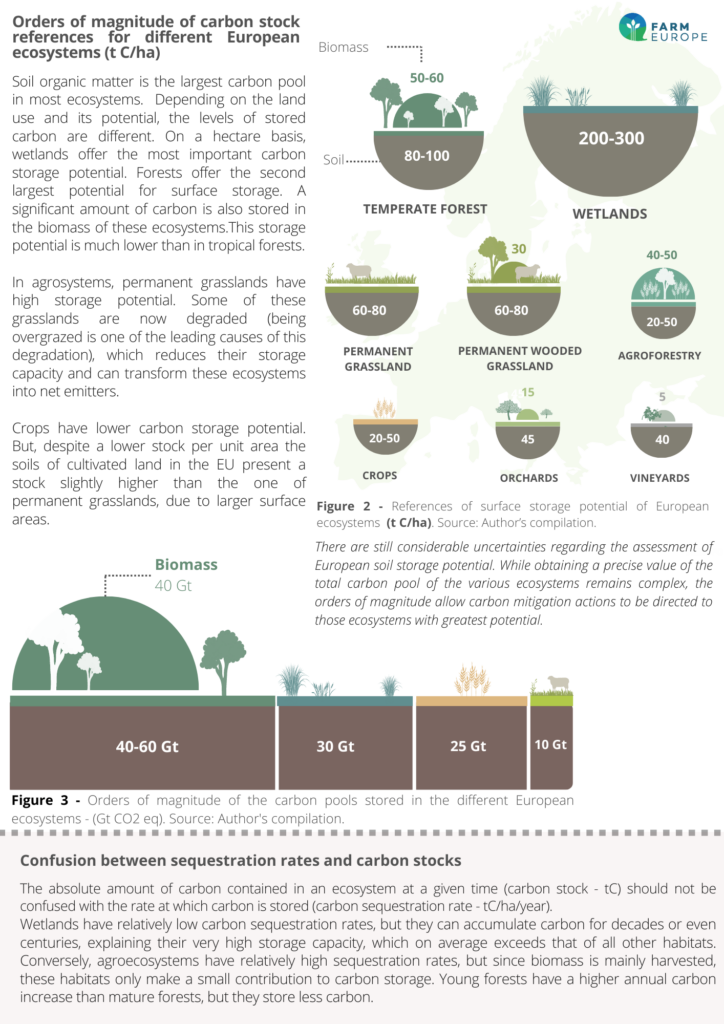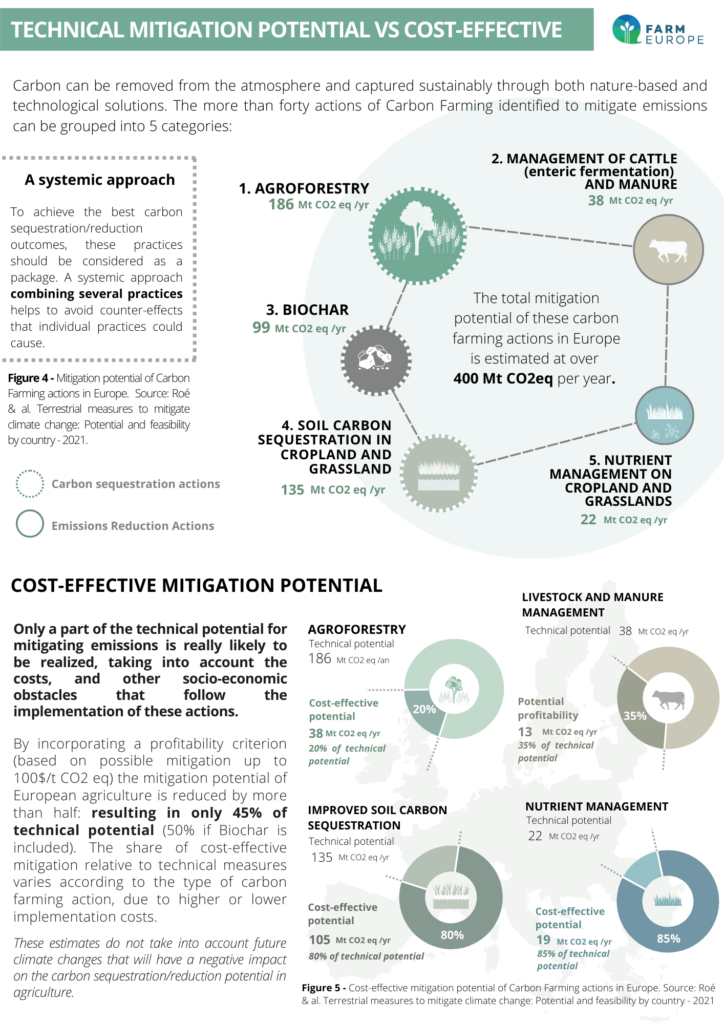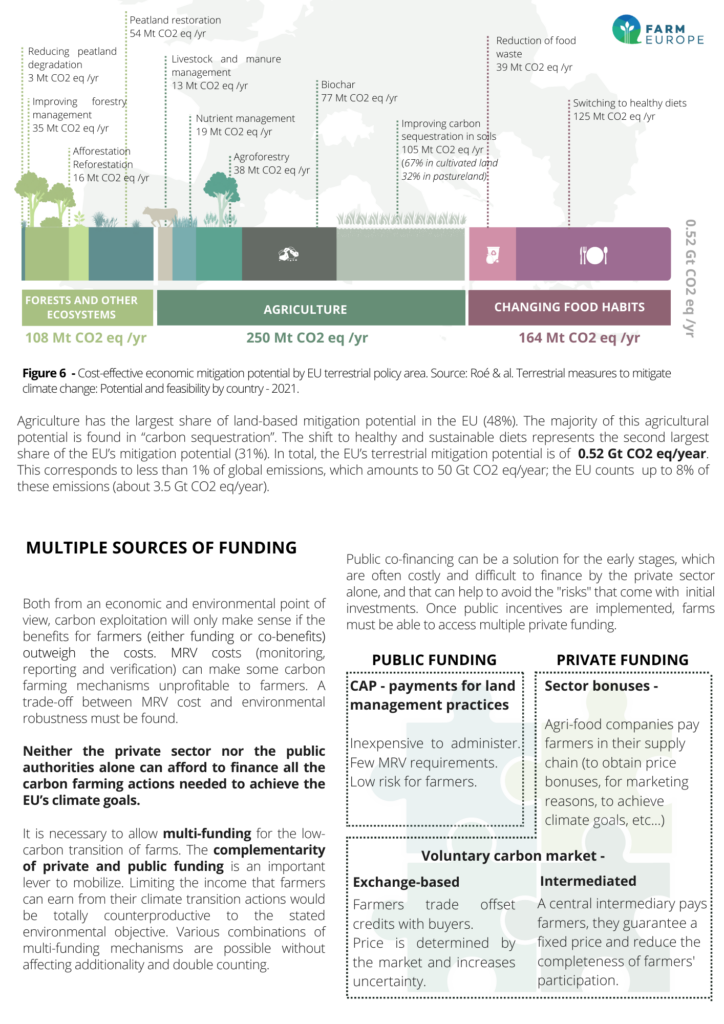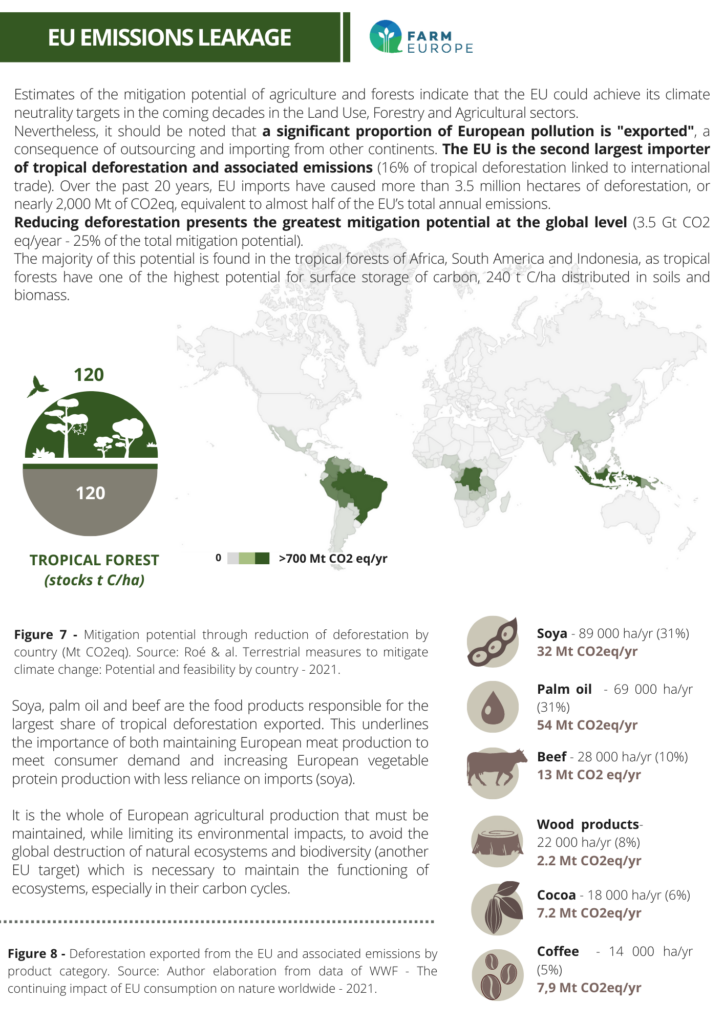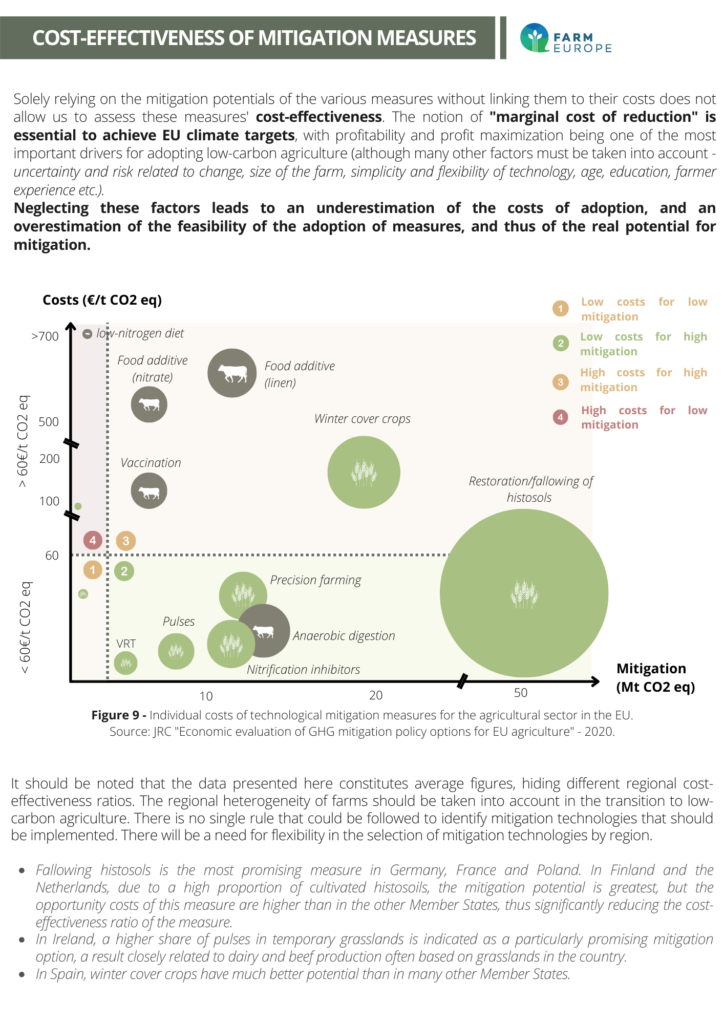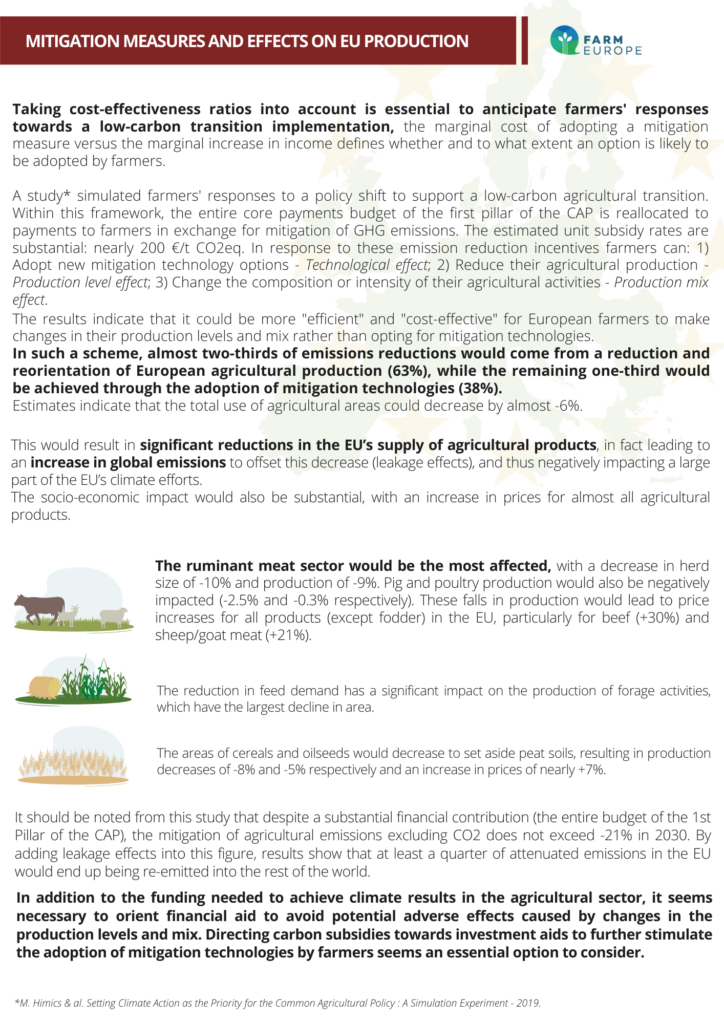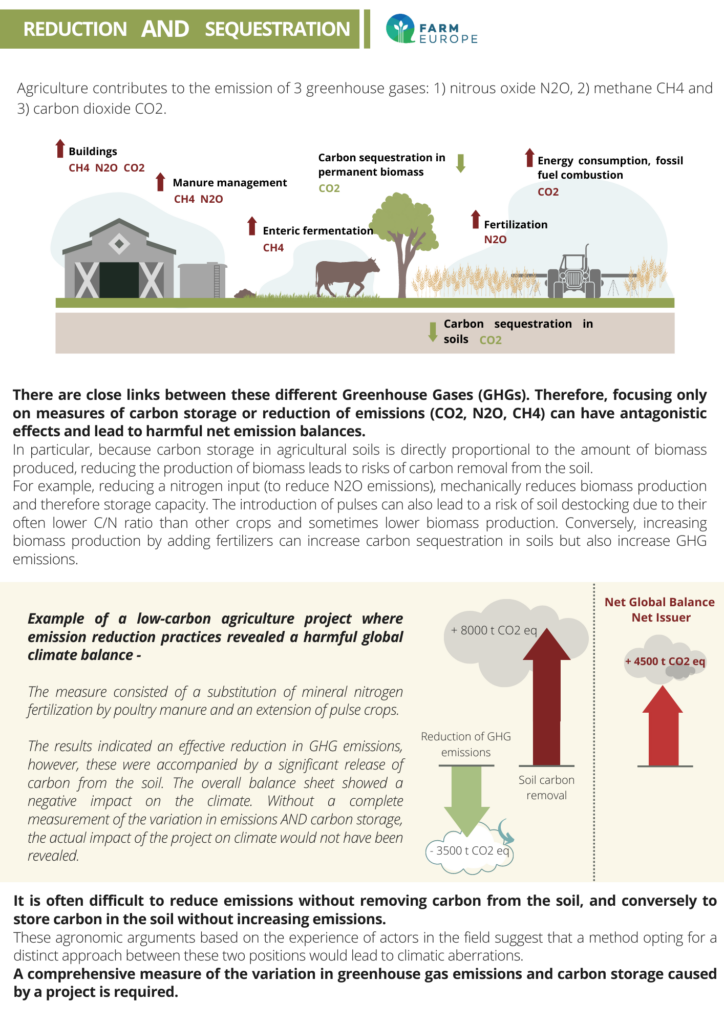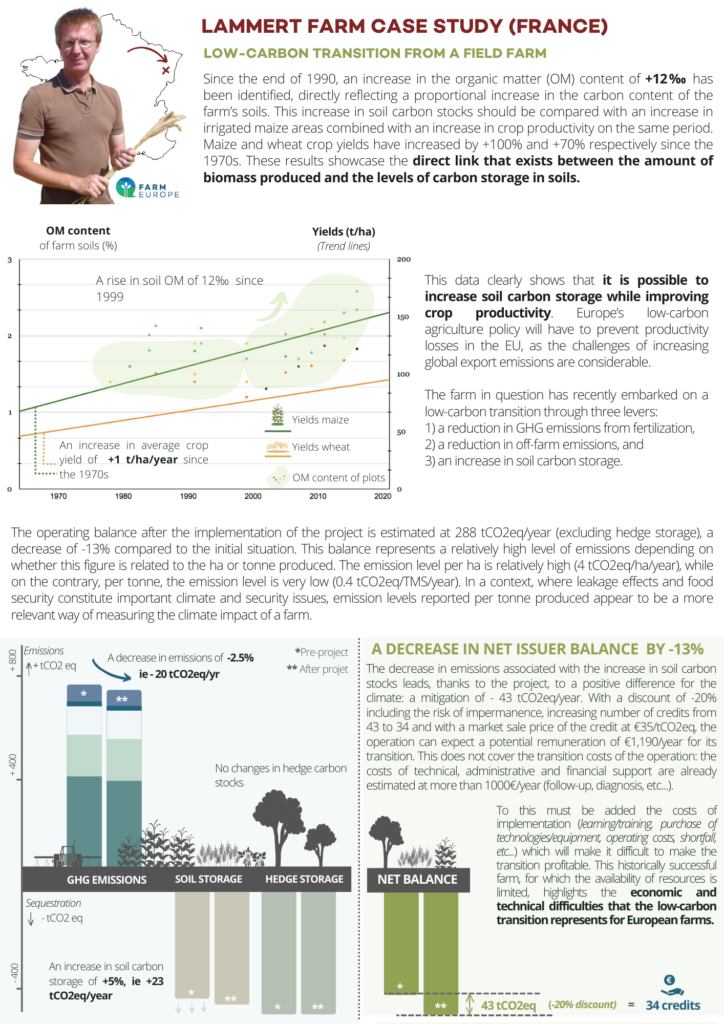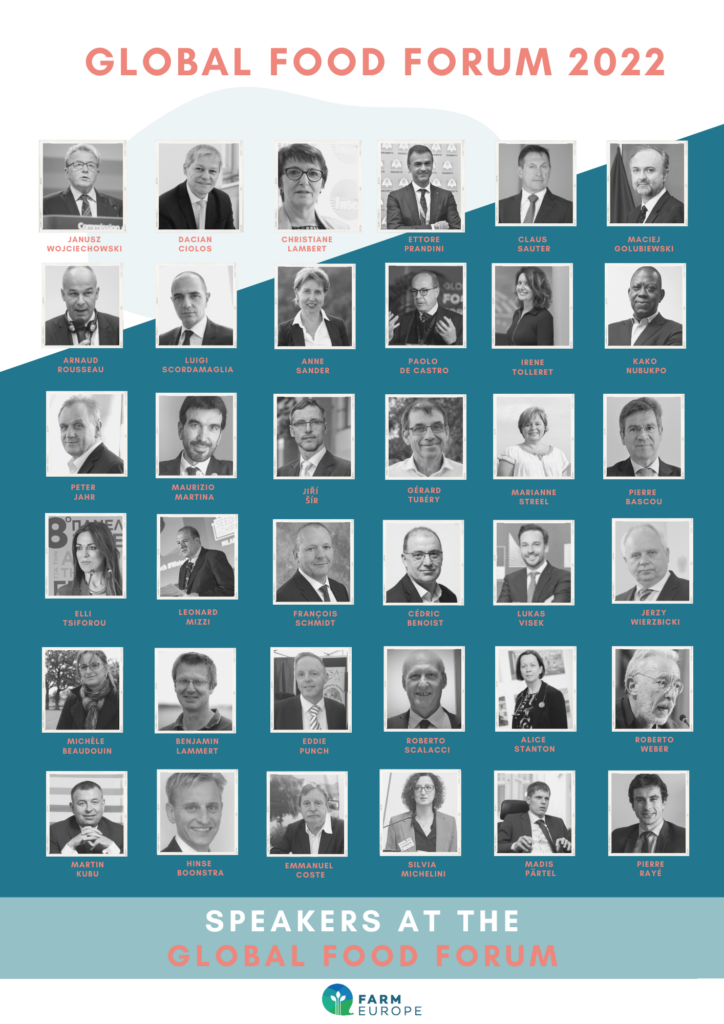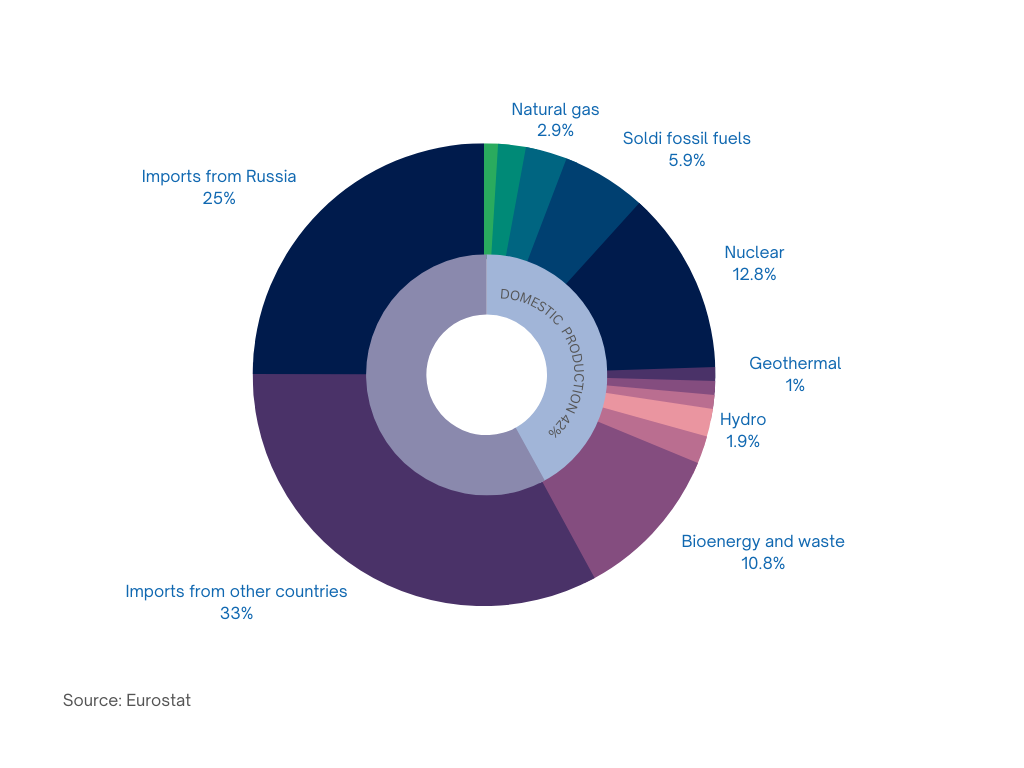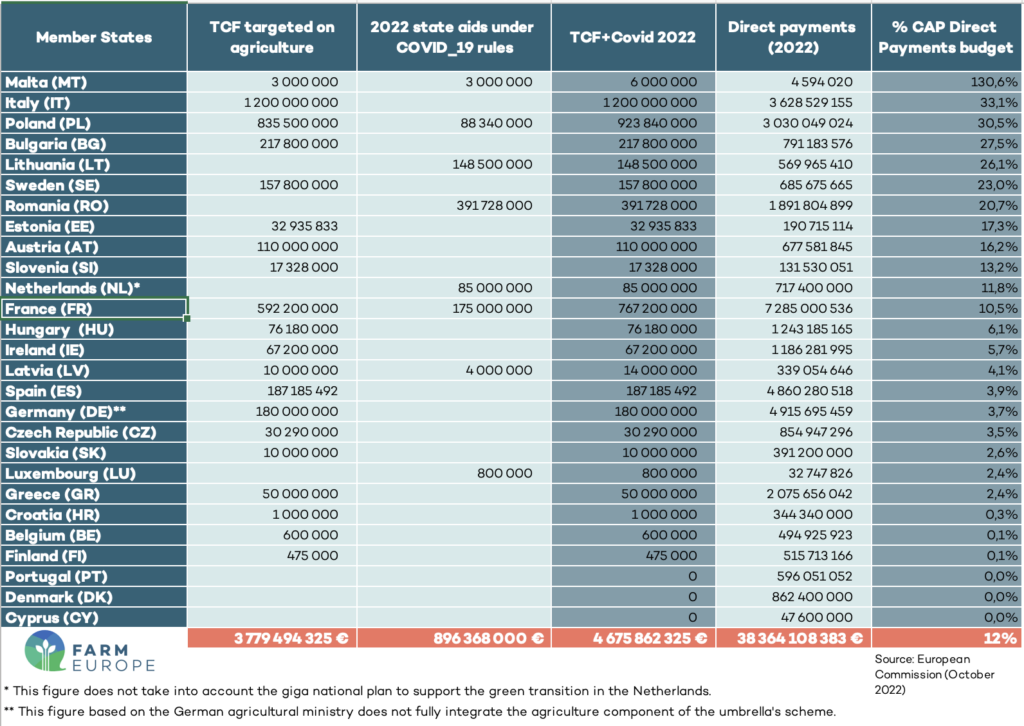Climate, nutrition, energy: European Agriculture on all fronts’
Brussels, 5 December 2022 – The sixth edition of the Global Food Forum (#GlobalFoodForum22), organised by Farm Europe takes place on this 5th & 6th December at the La Grande Abbaye de La Ramée. Commissioner for Agriculture, Janusz Wojciechoswki, will open the event with Dacian Ciolos, Ettore Prandini, Christiane Lambert, Claus Sauter & Jiří Šír.
Food, agriculture and vitality of our living areas are more than ever core assets of our society. Their evolution will largely depend on how policies will shape the future. It is precisely in this context that Farm Europe is organizing the sixth edition of the Global Food Forum focusing attention on the theme: “Climate, nutrition, energy: European Agriculture on all fronts”
The geopolitical changes that are happening in our neighborhood, together with the crises affecting strategic sectors, underline the interconnected, yet fragile and fragmented world we live in. The aggression of Russia against Ukraine resonates as a wake up call. The EU has no choice but to rethink its position in the global scene and, to answer to what role does it want for its agri-food sector. The EU must define what a truly European sovereignty means for it, both politically and economically, and the means to achieve it.
The opening session of the GFF will be the right occasion to set the scene and analyze the broad facets of the agricultural sector in the current and future global context, with eminent speakers from the institutional and economic sectors sharing their vision of the EU and, within it, its agricultural sector.
Within these two days and during two plenary sessions and 5 workshops – covering finance, green transitions, food security, trade, nutrition and sectorial challenges – the event will focus on the best levers to promote the economic and environmental performance of EU agri-food systems while designing the best policy tools to achieve a common ambition at EU level, in particular via the Common Agricultural Policy and the Green New Deal’s proposed Farm to Fork Strategy.
The wrap-up closing session will discuss the vital connection between citizens and agriculture, diets and food products, and how to reconnect Europe with Europeans’ needs.
Full programme here or at info@farm-europe.eu
Twitter: @FarmEurope #GlobalFoodForum2022
More details on the event and press contact : https://www.farm-europe.eu/evenement/global-food-forum-2022/ or at info@farm-europe.eu
